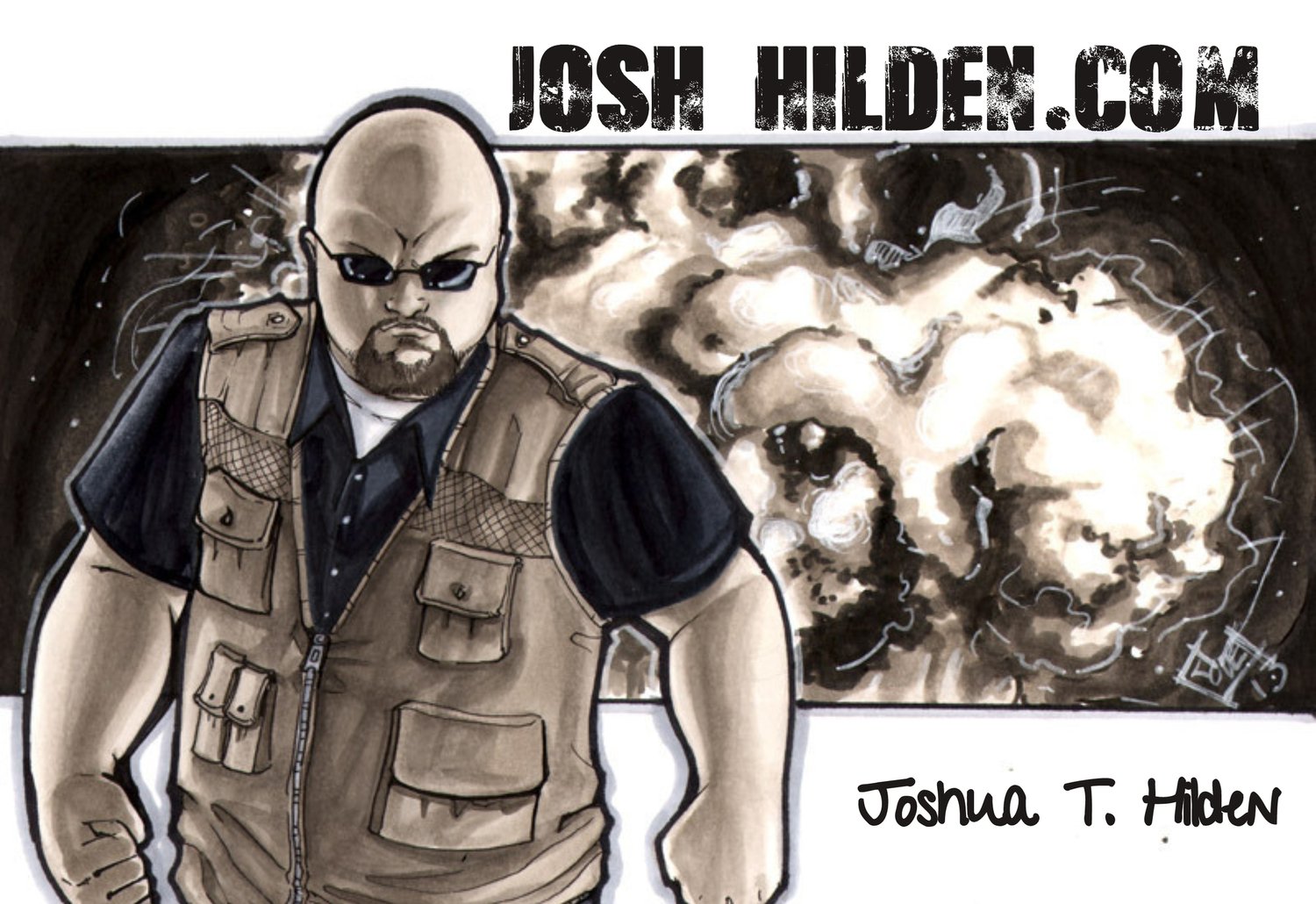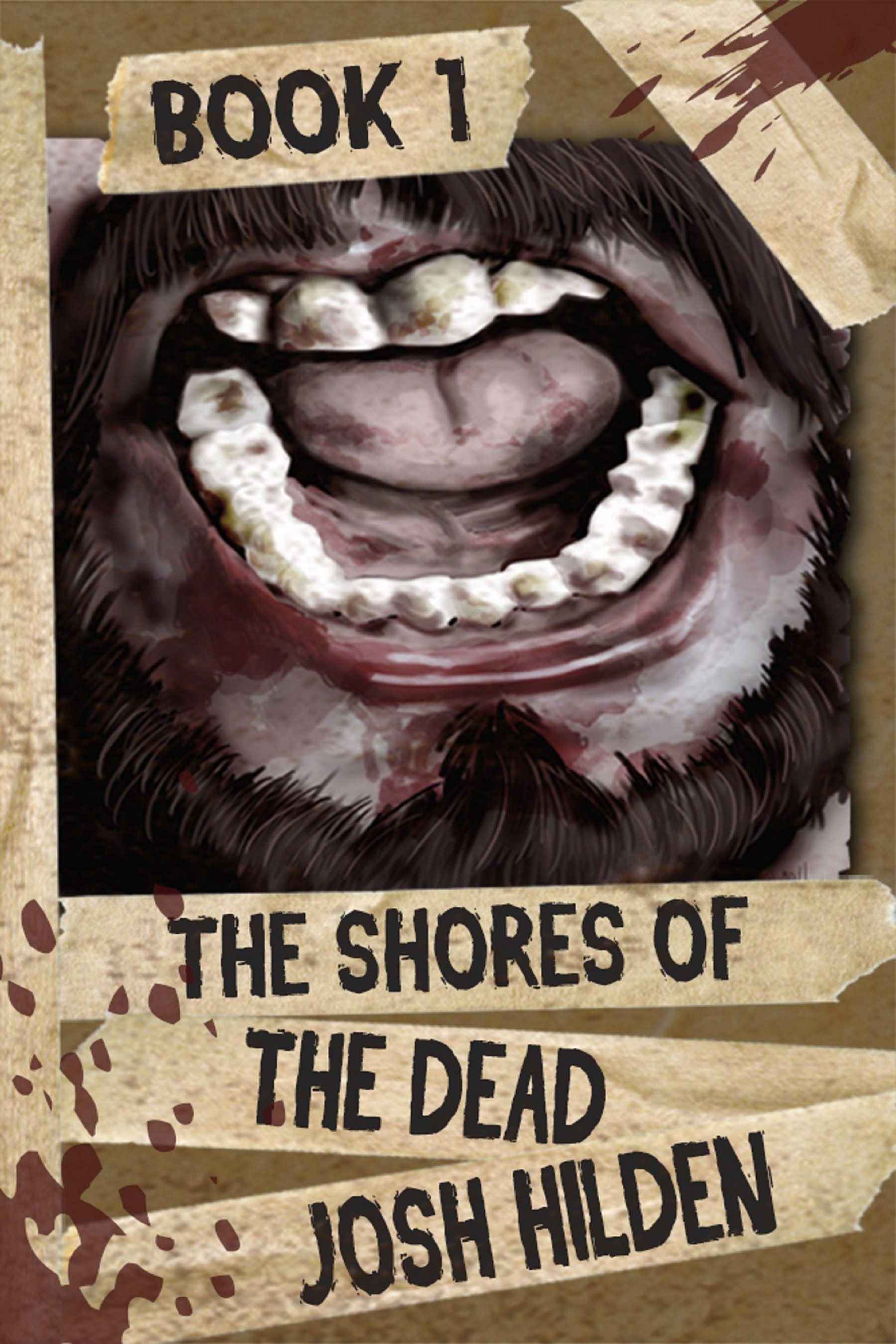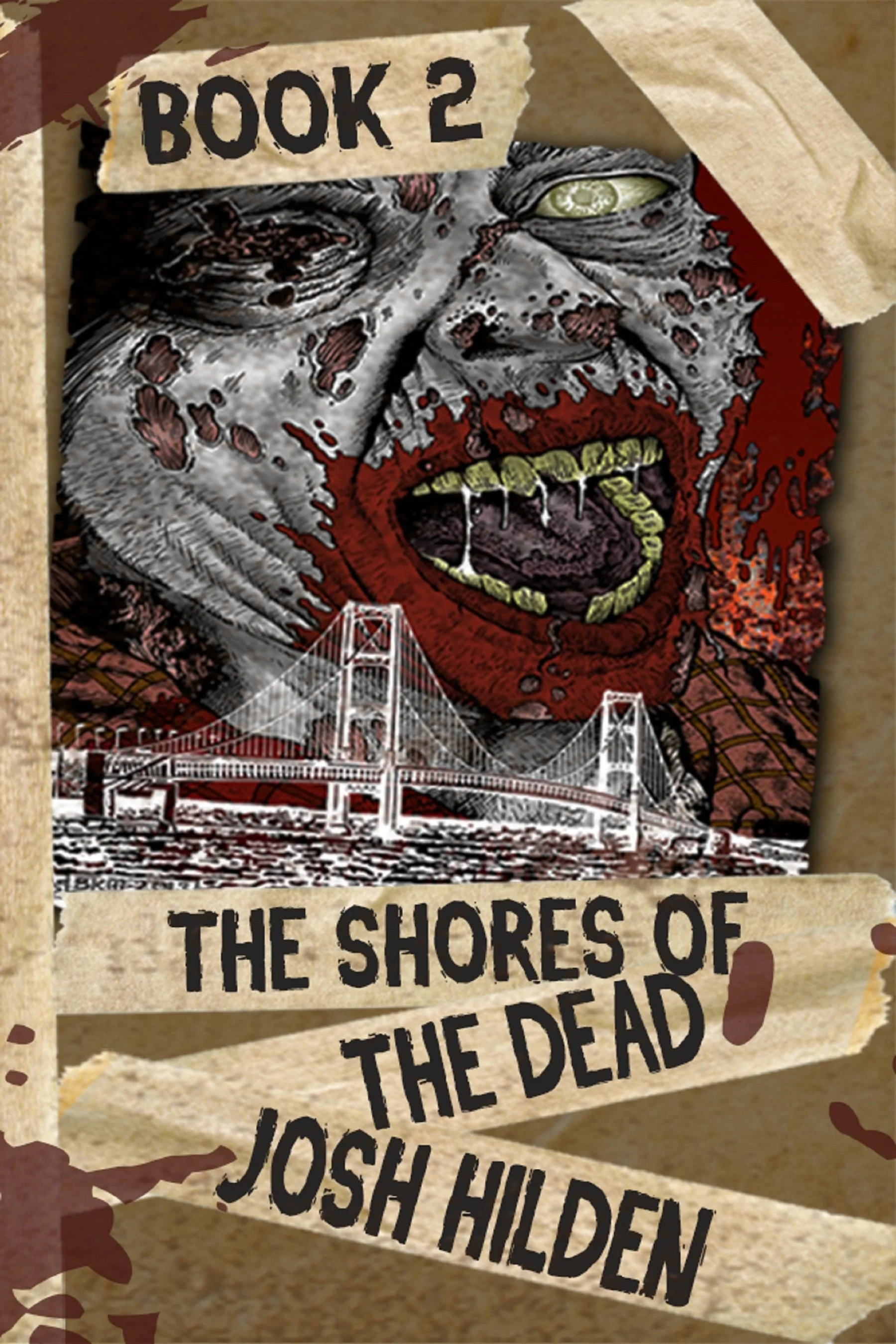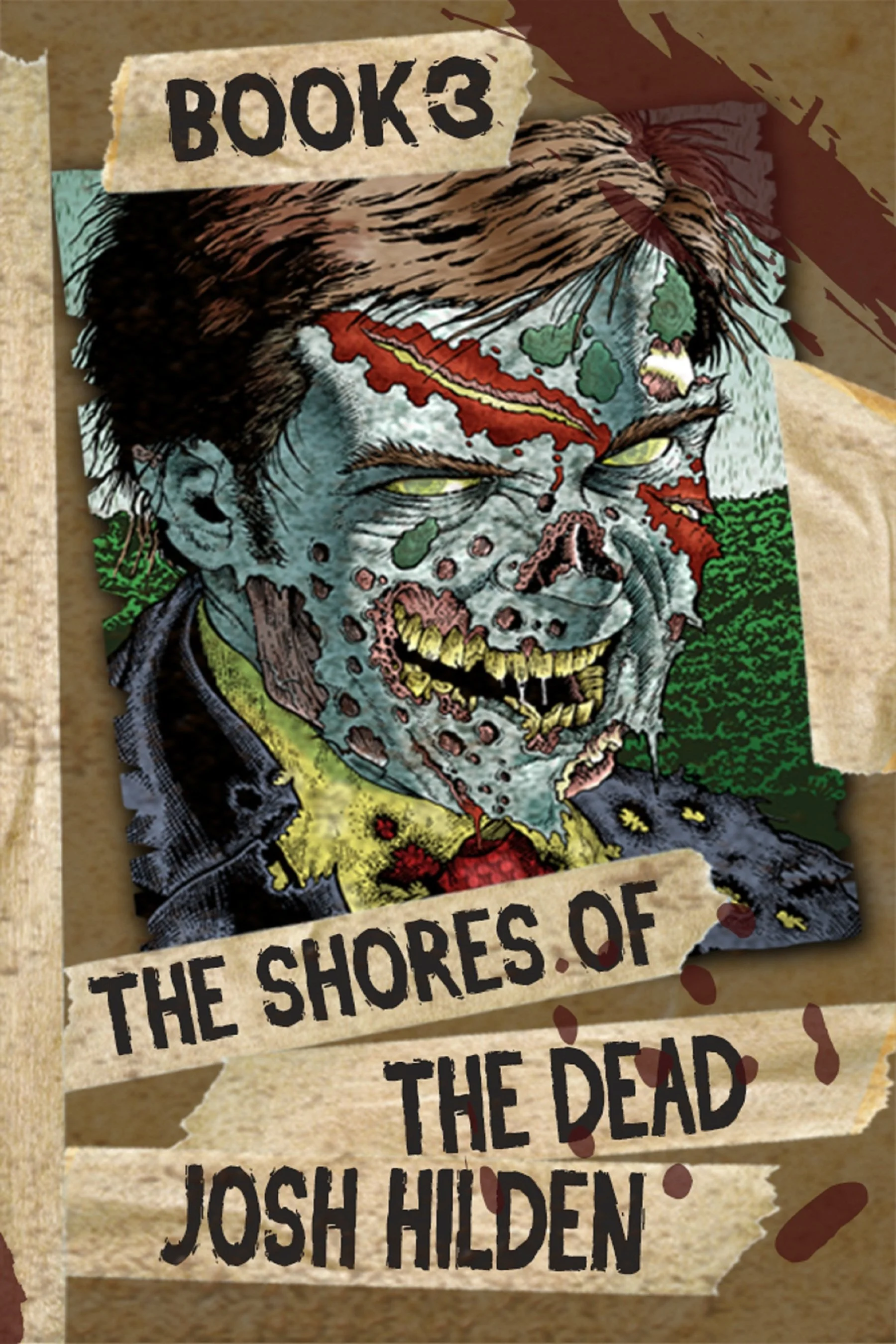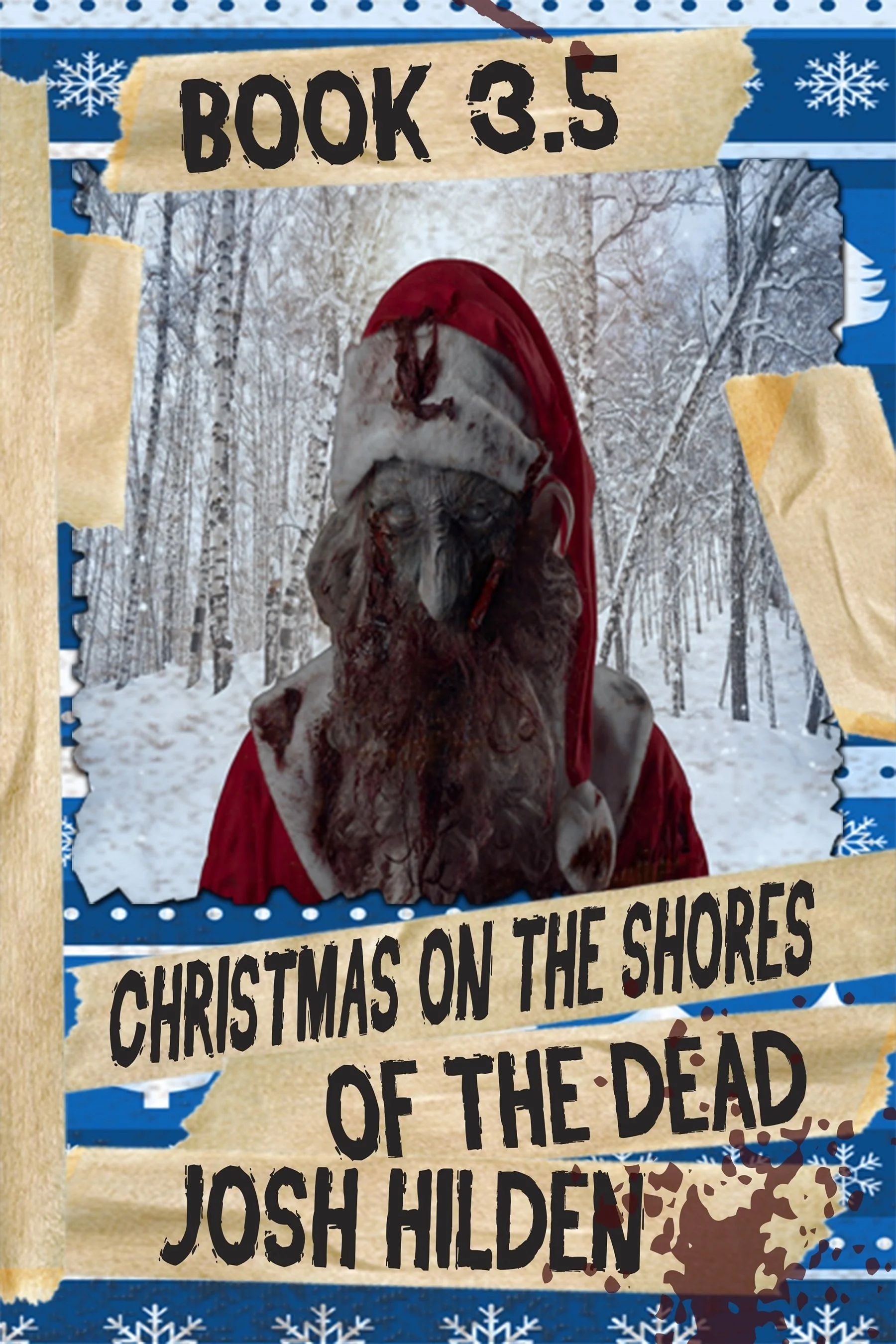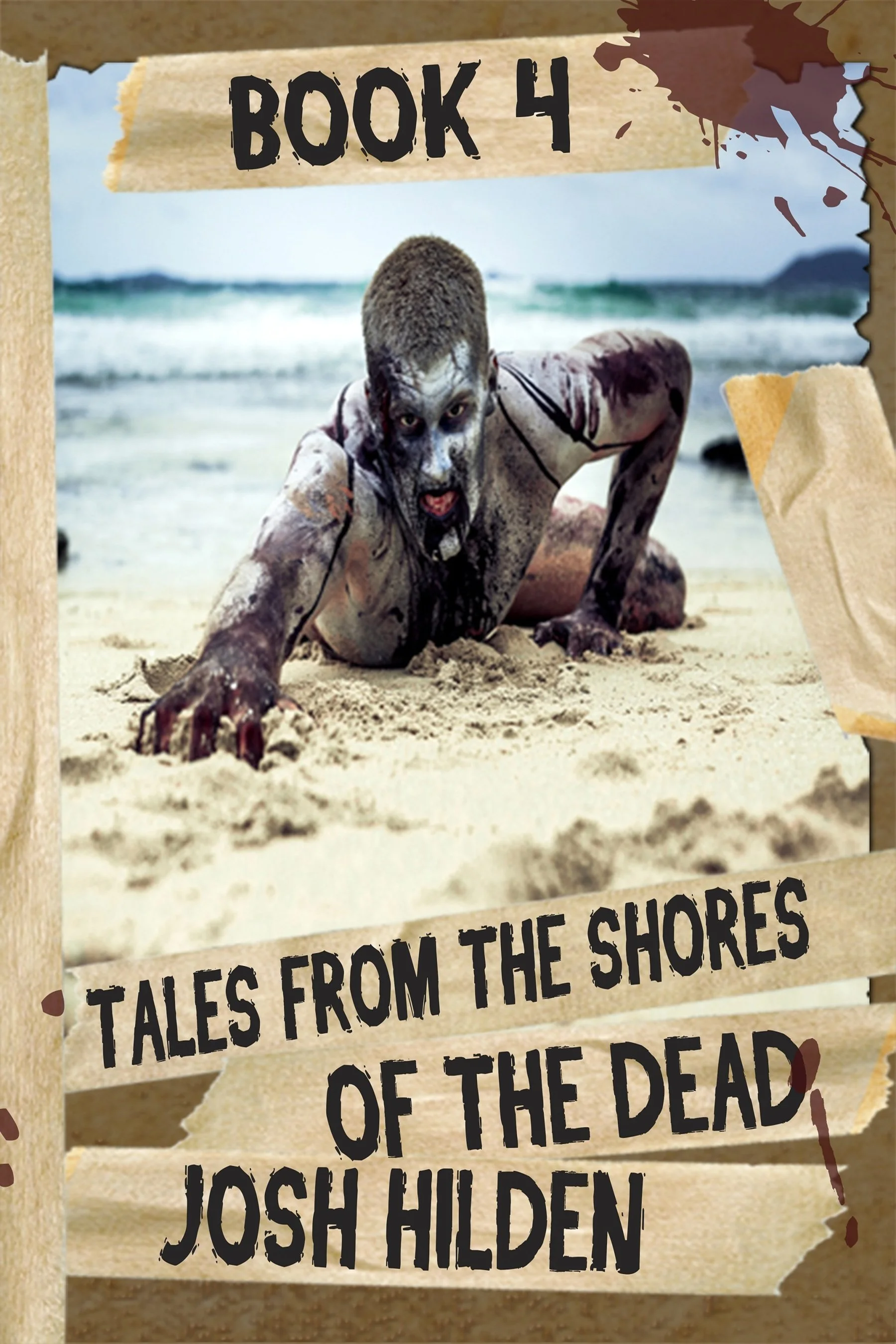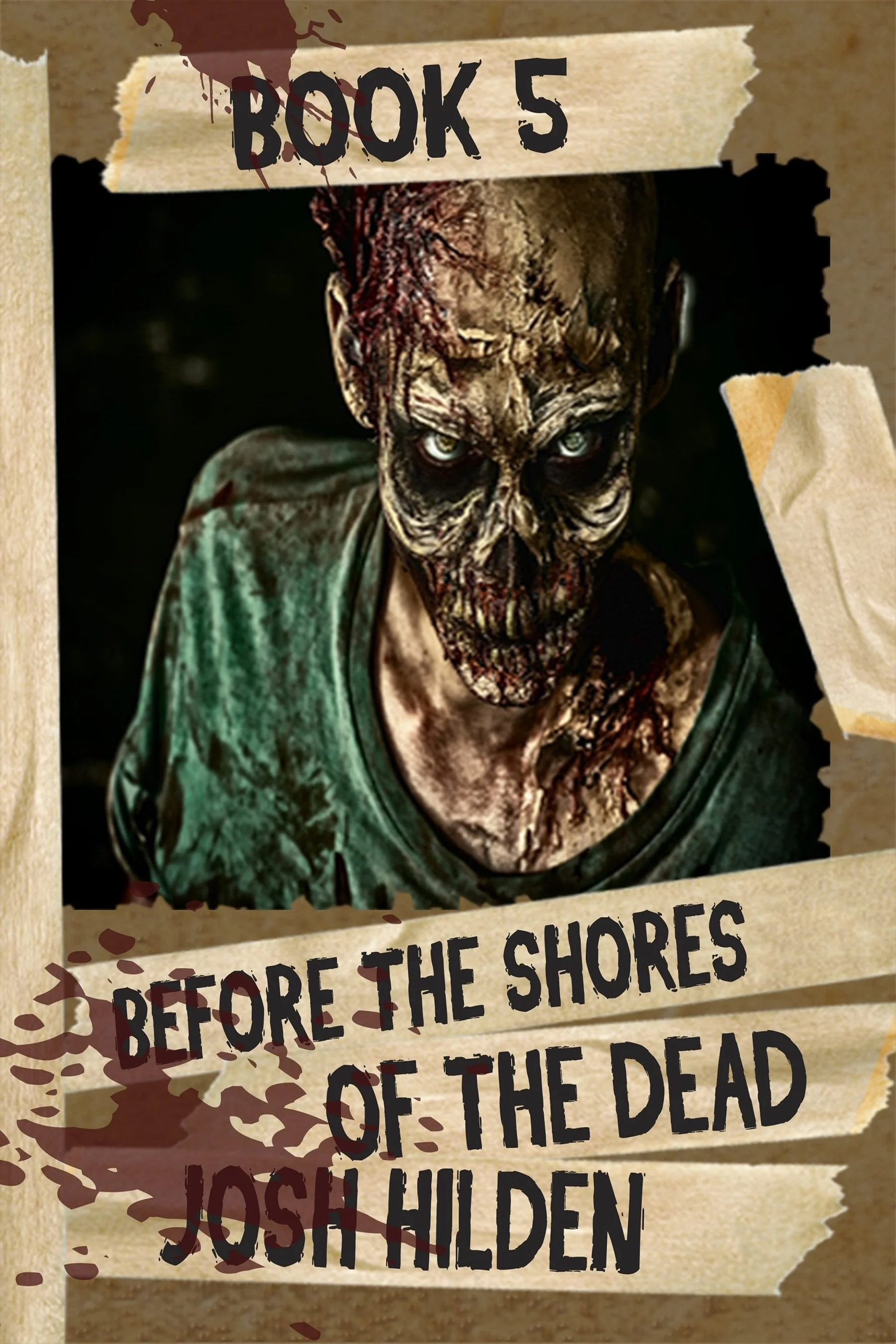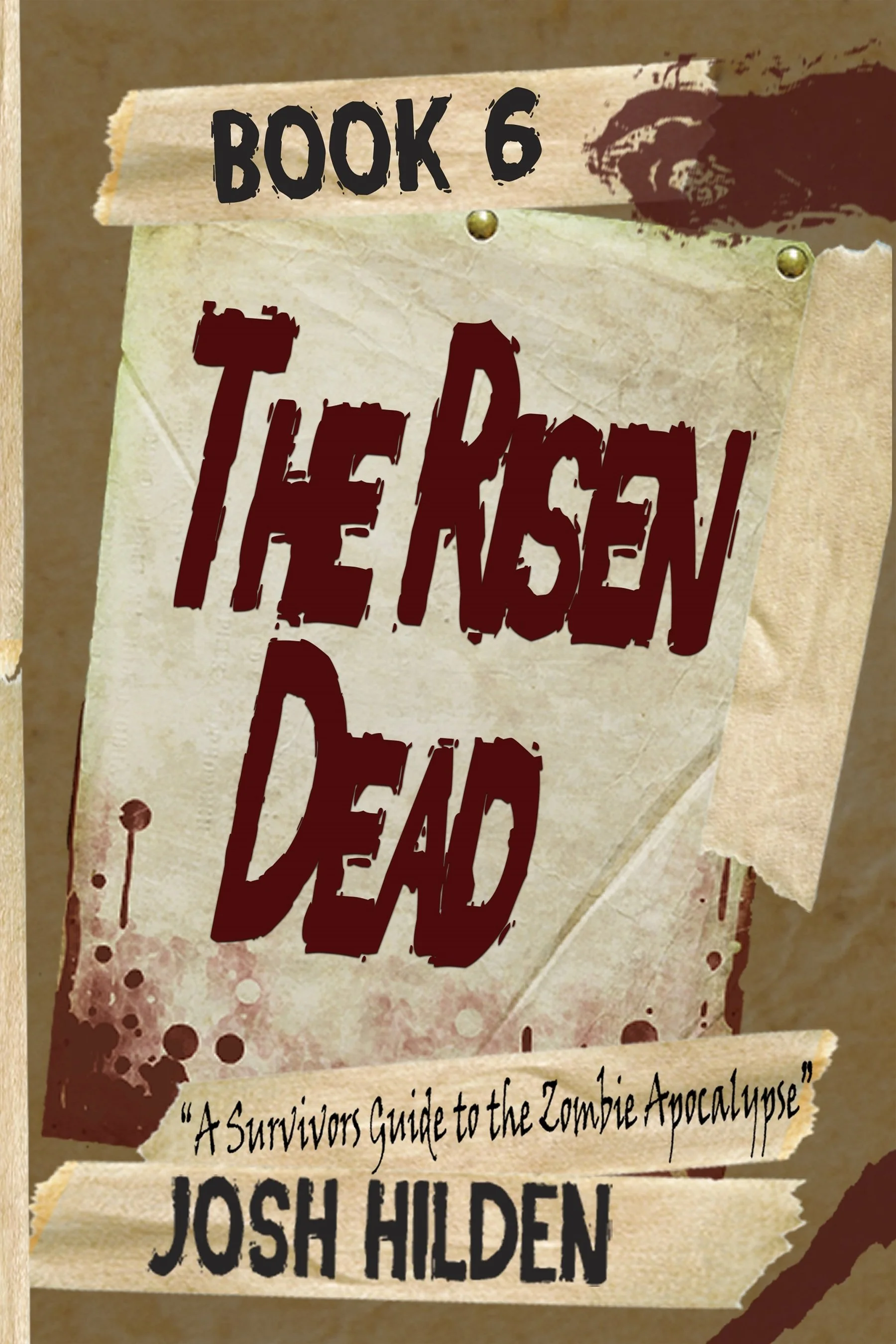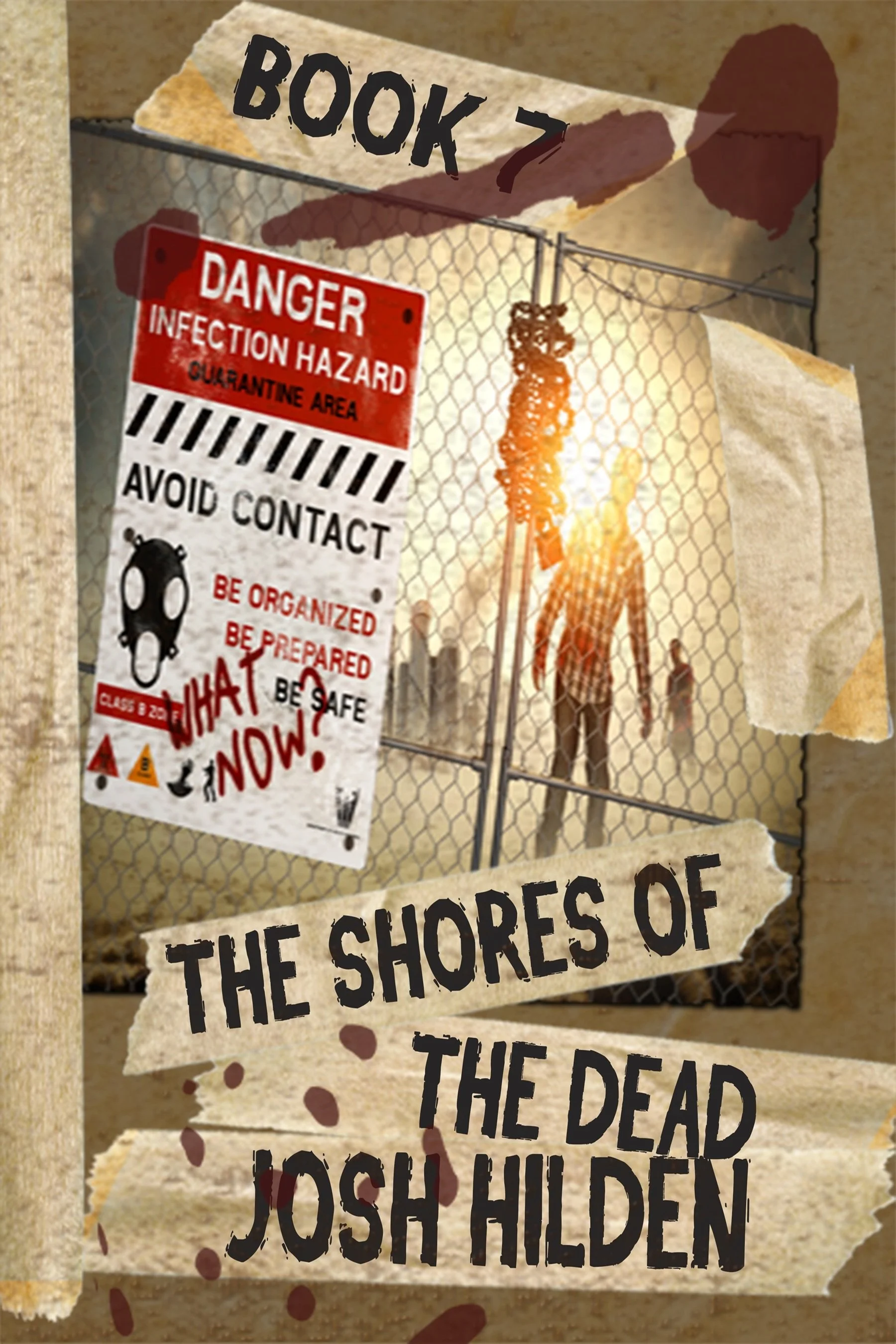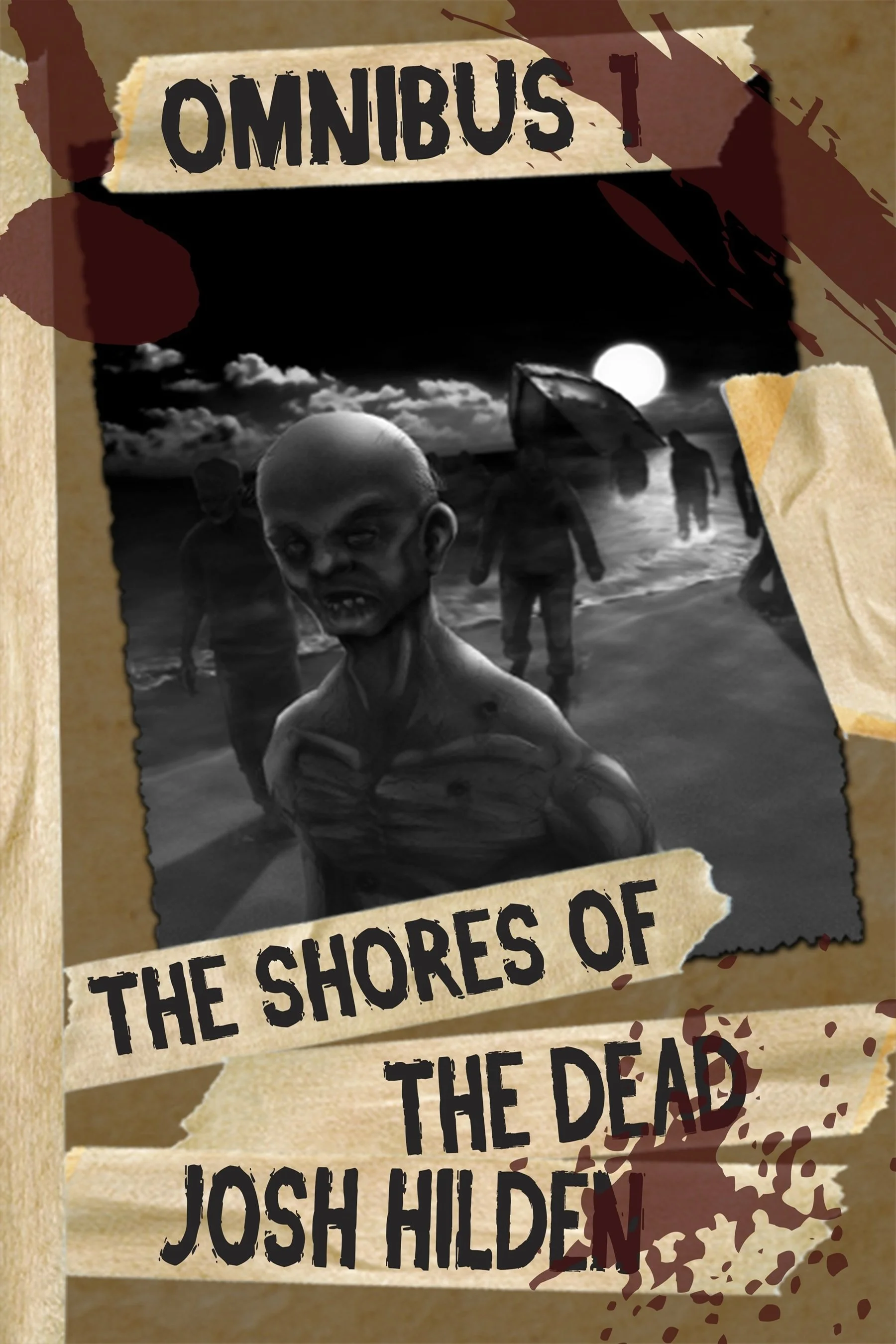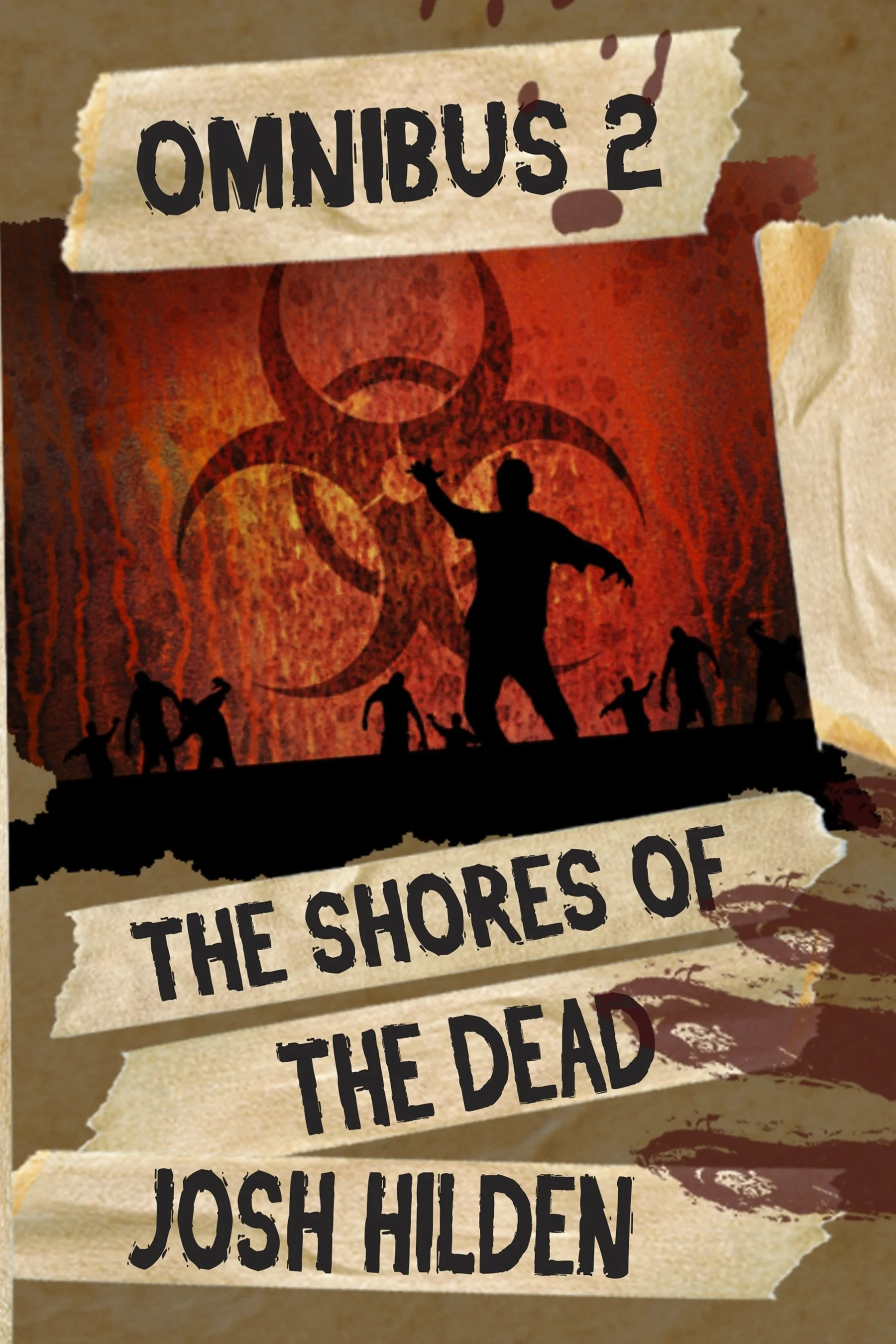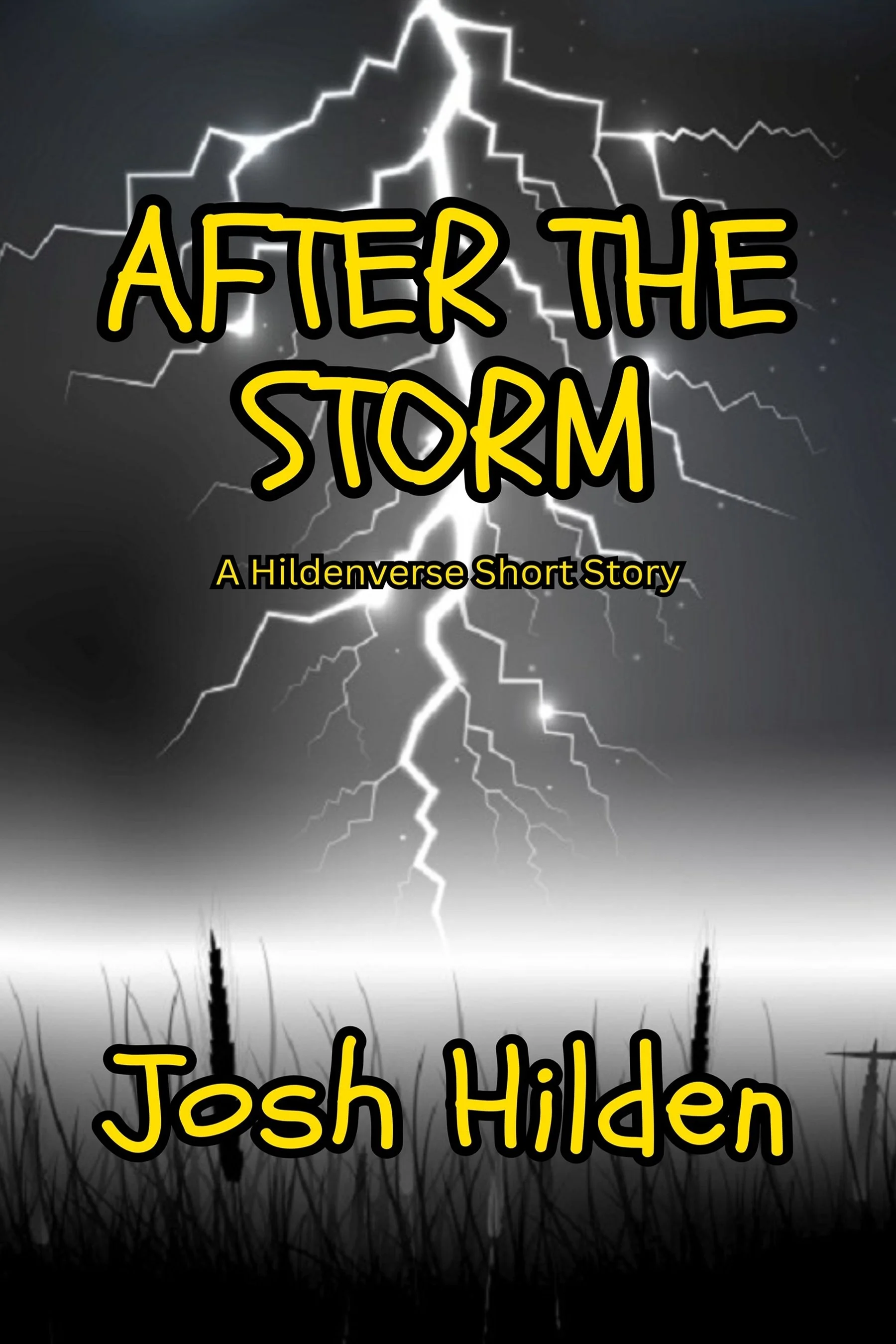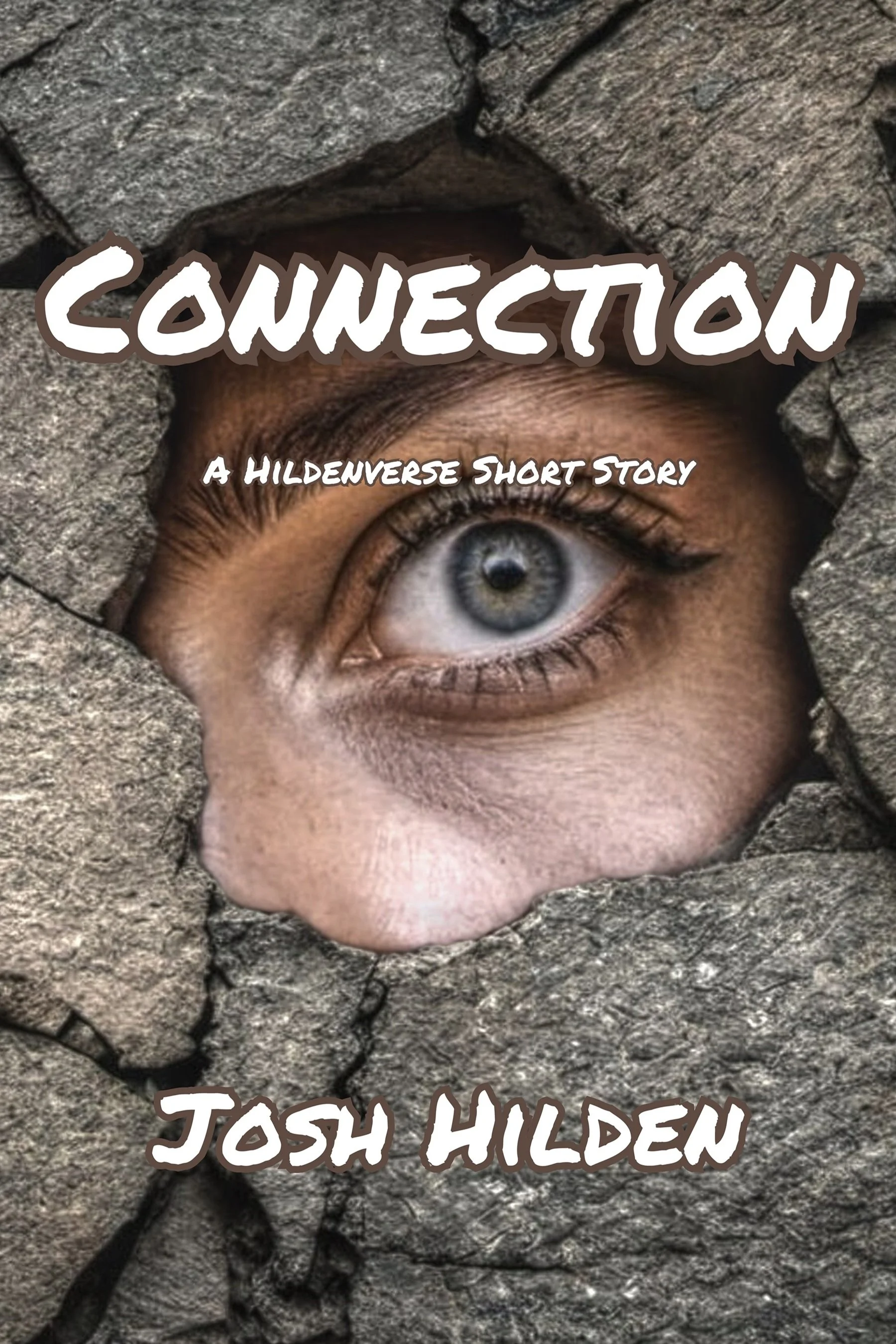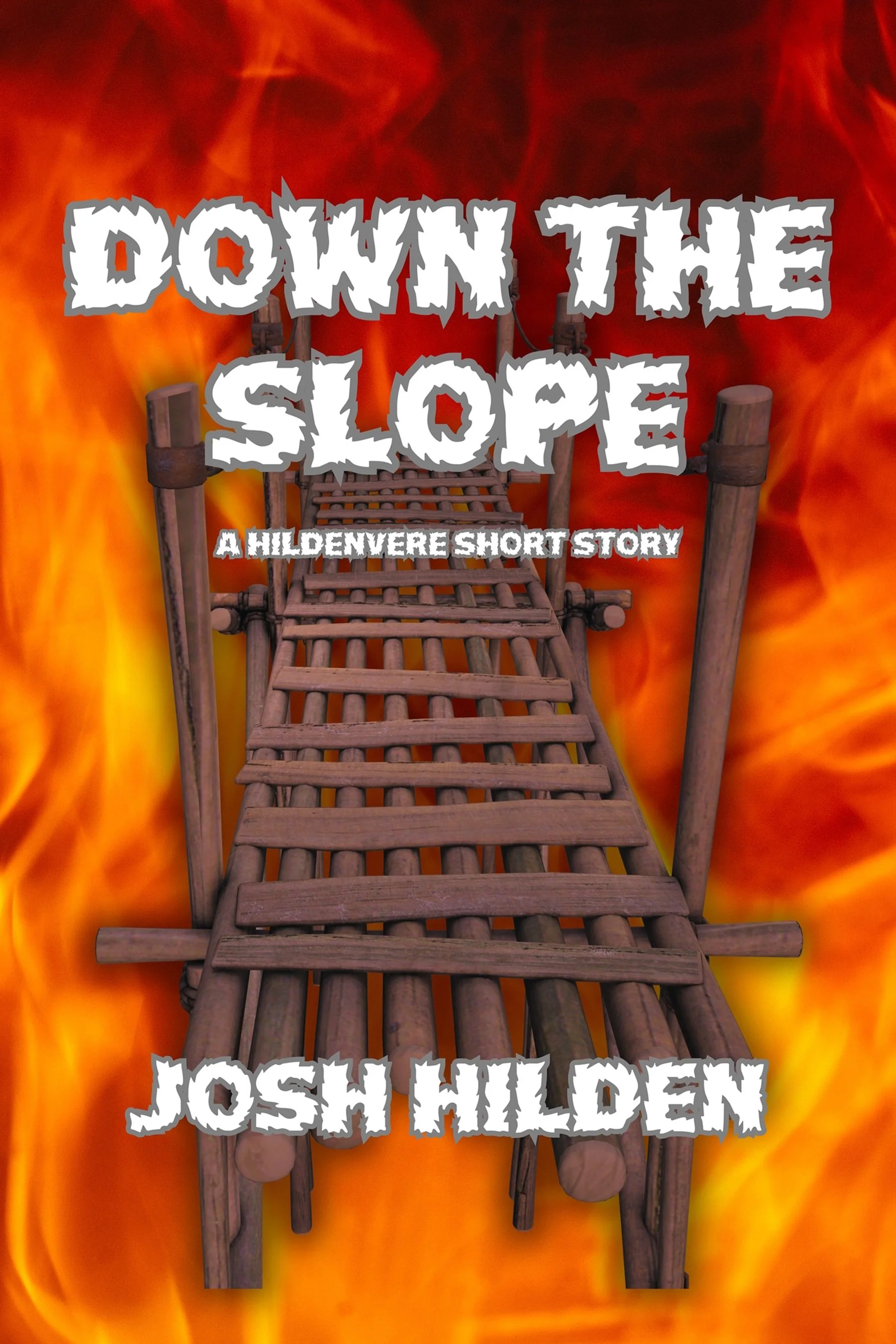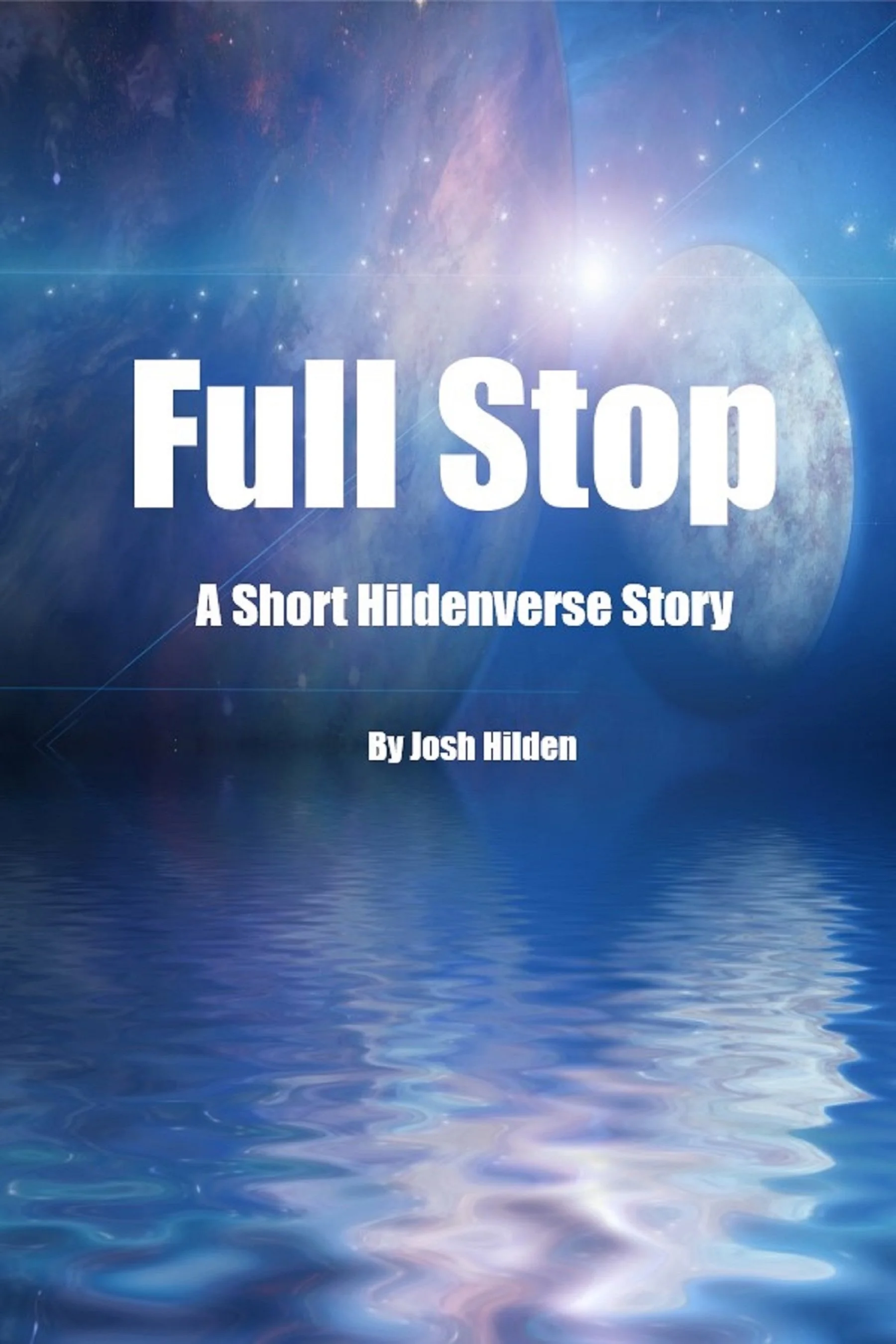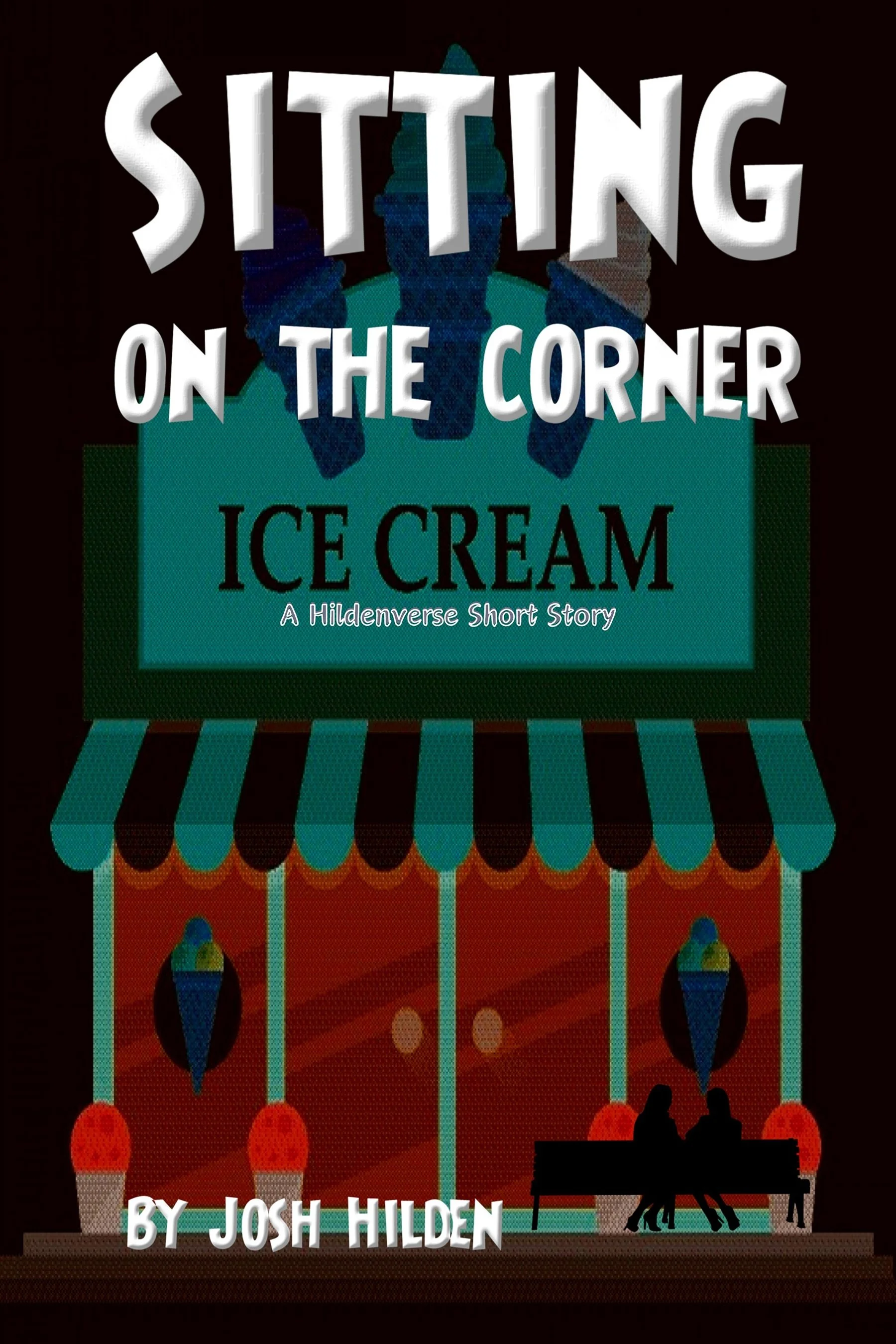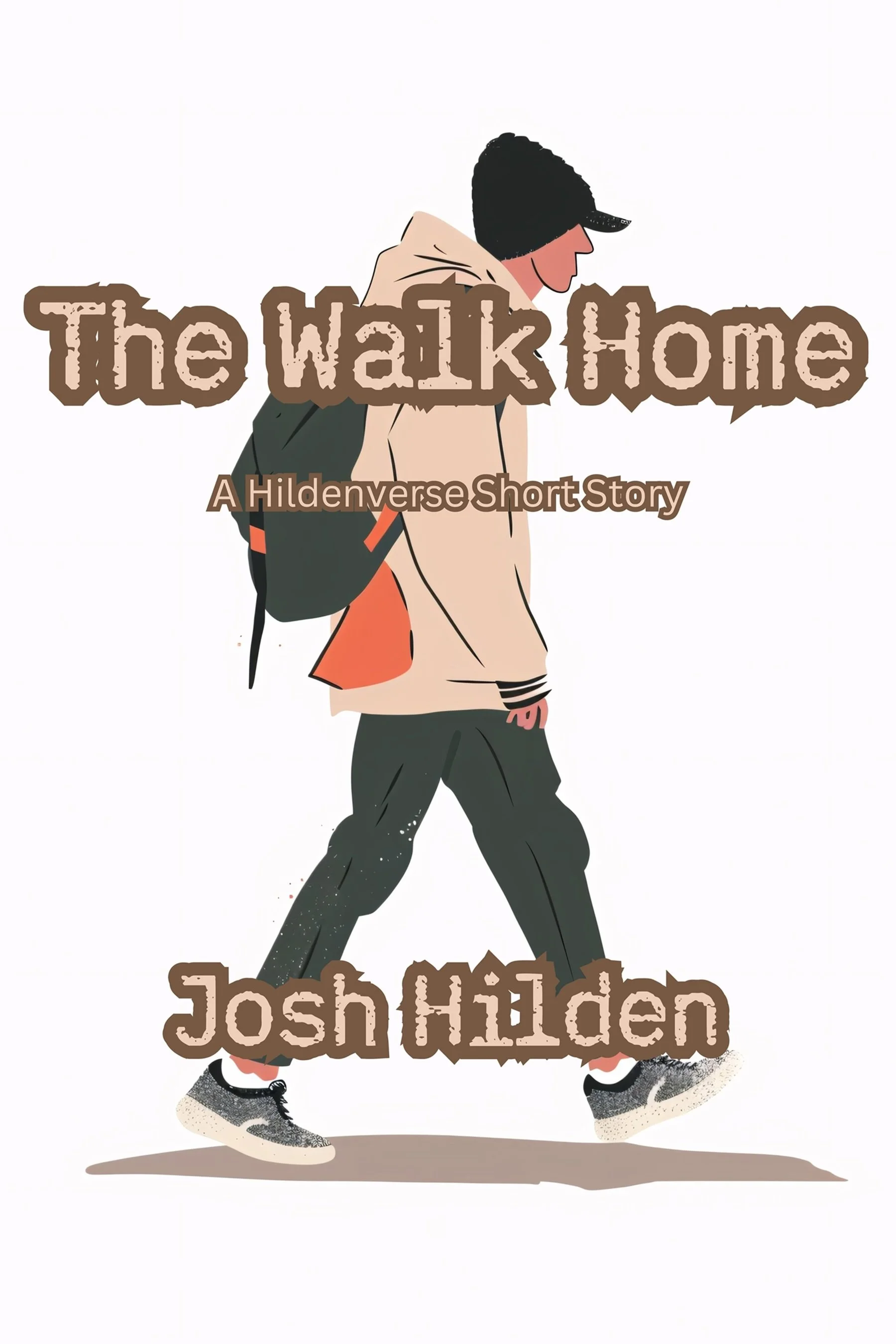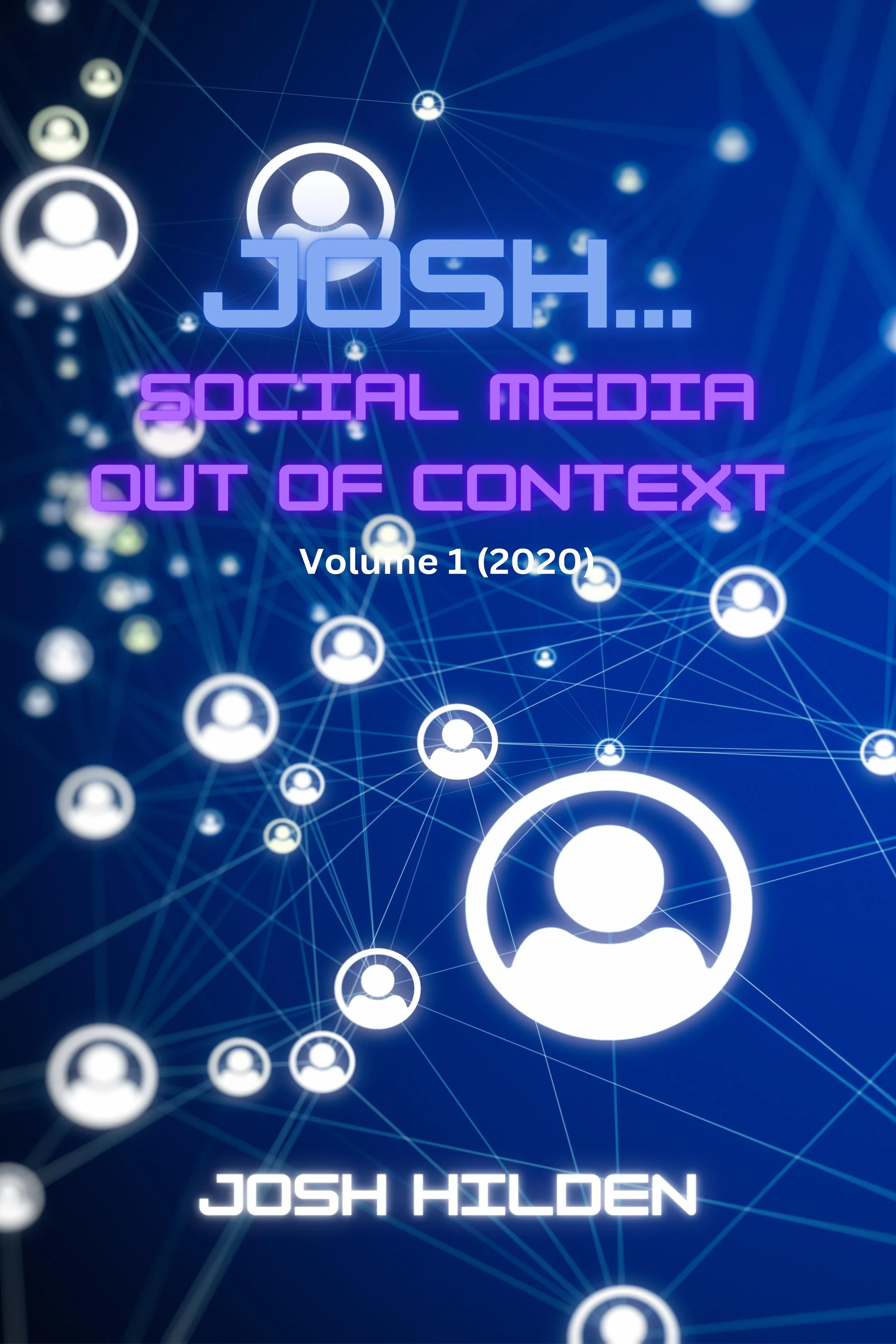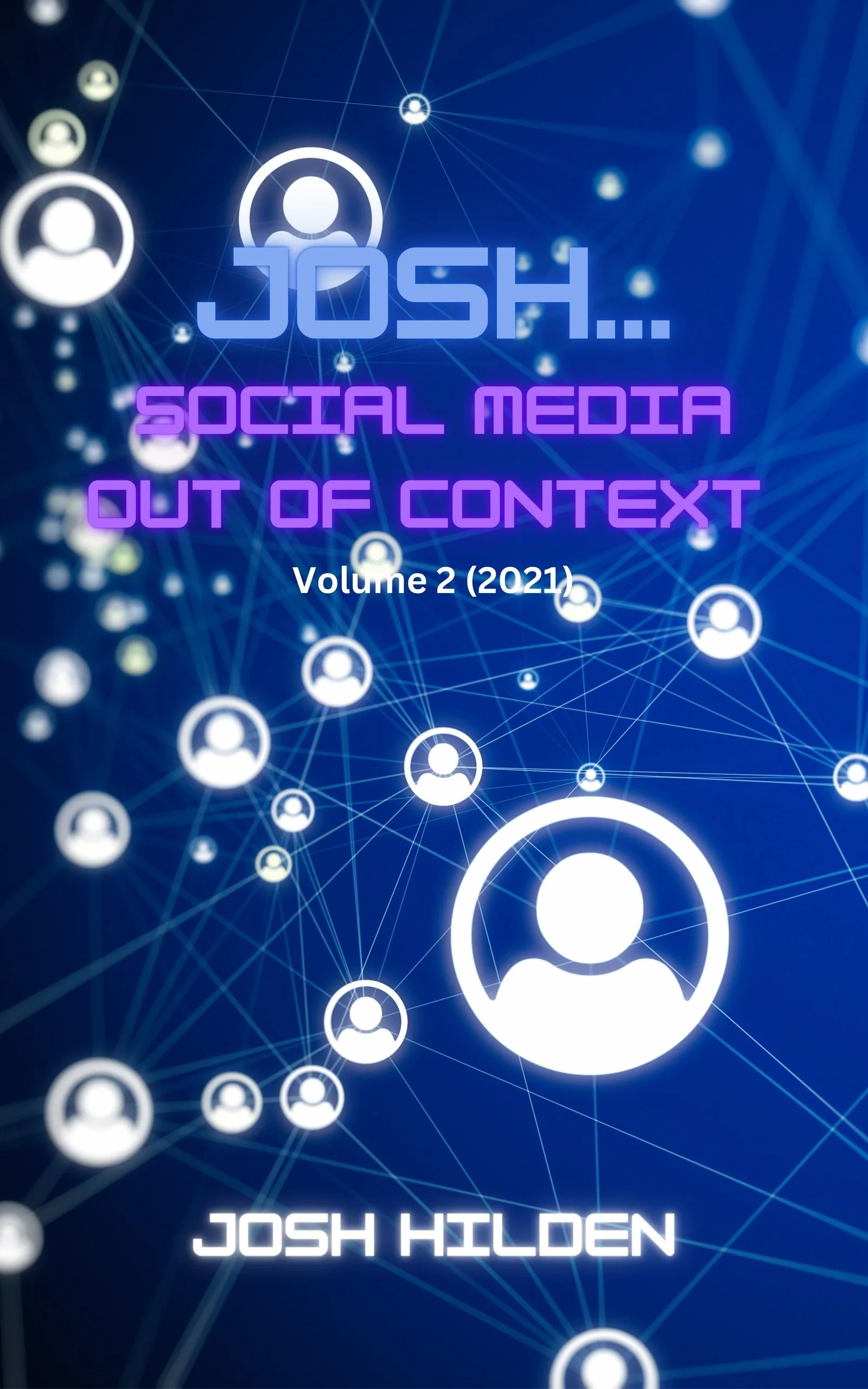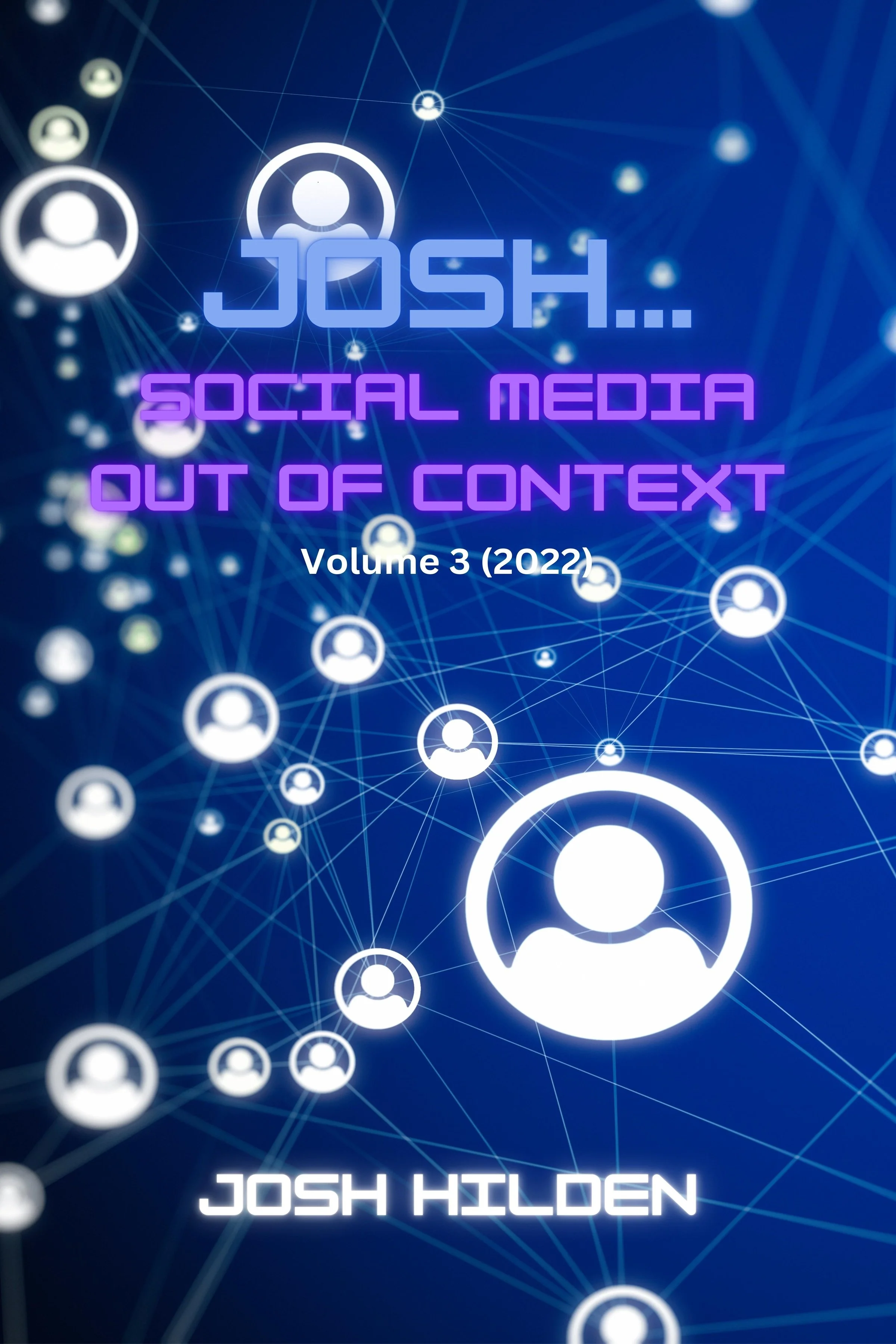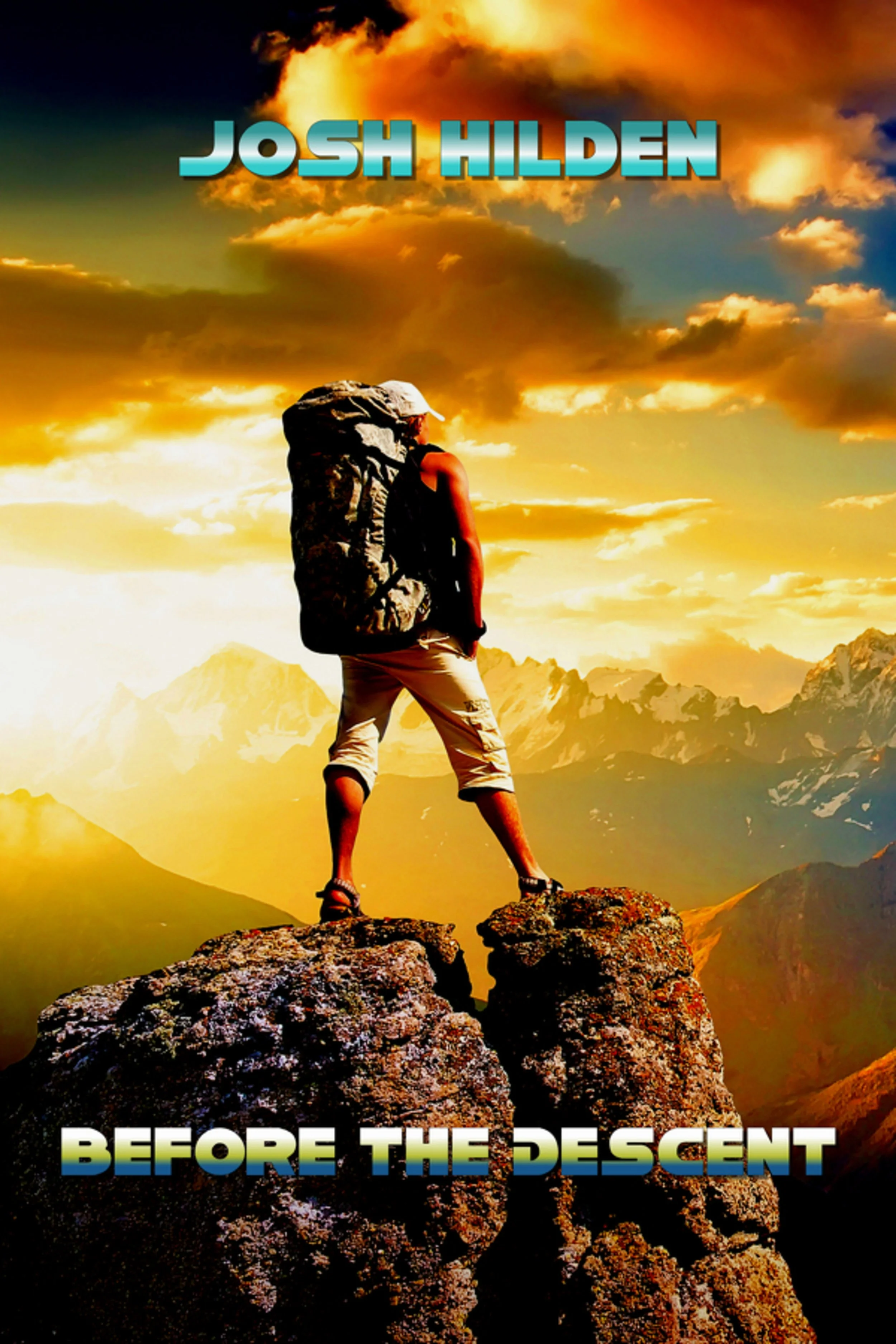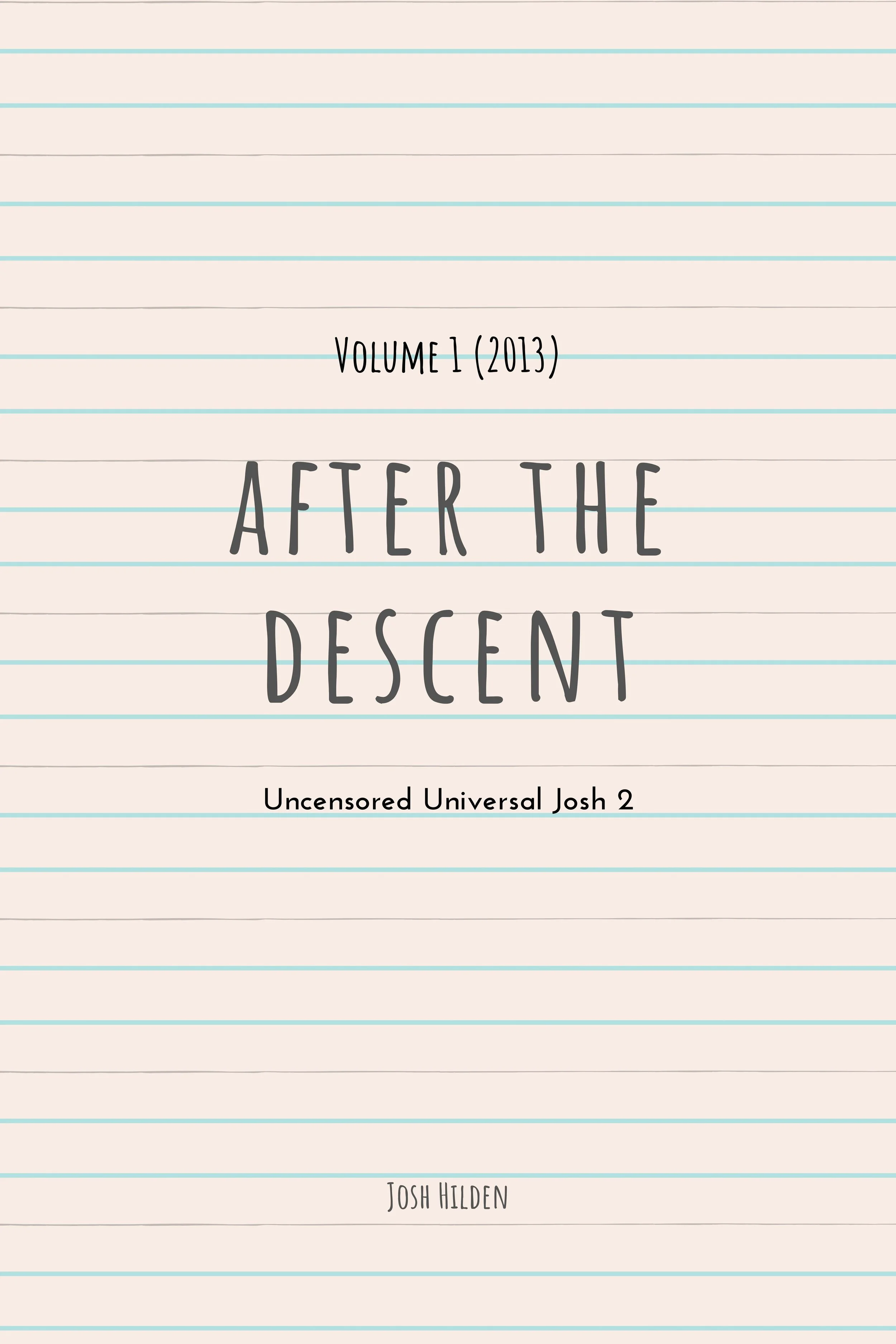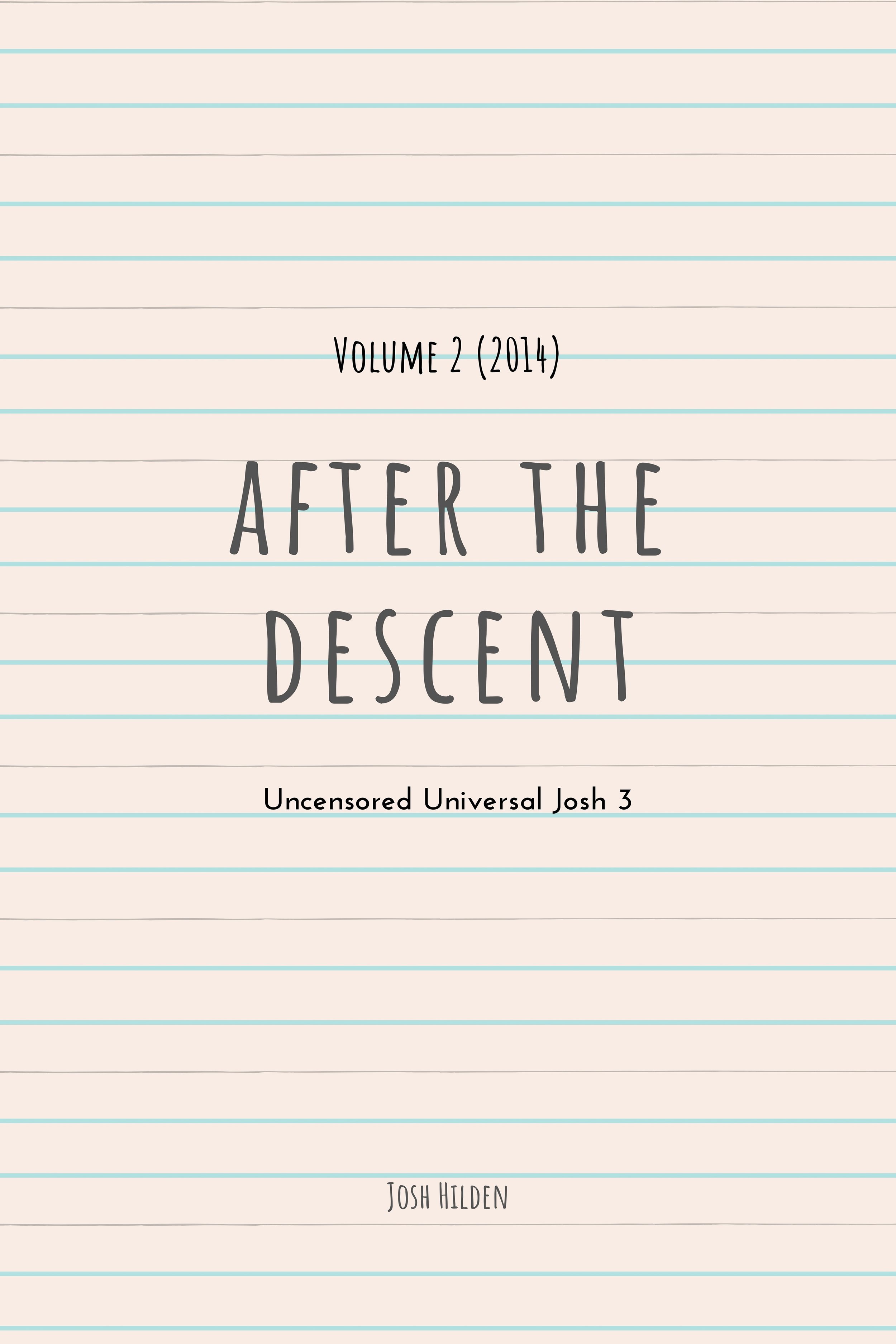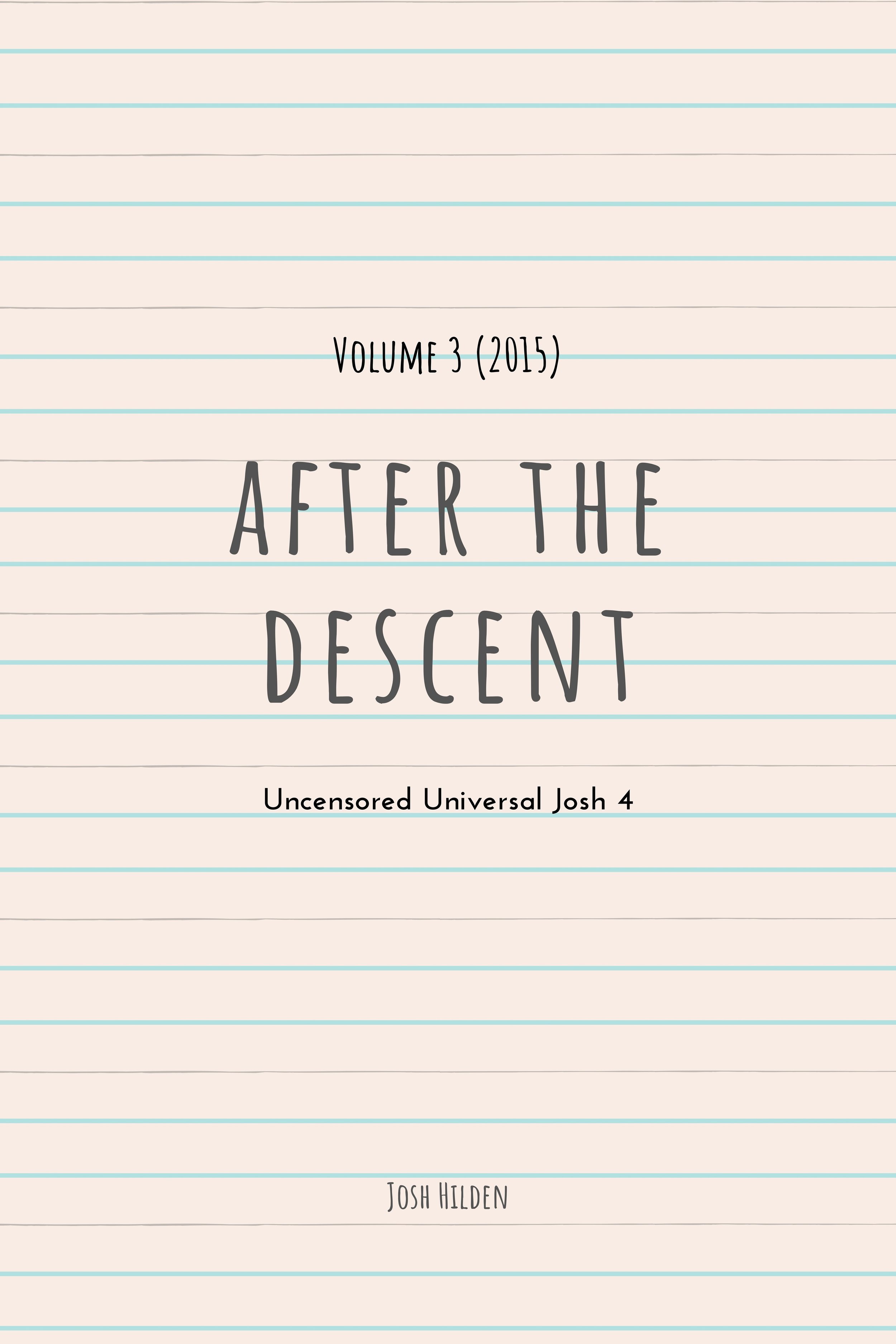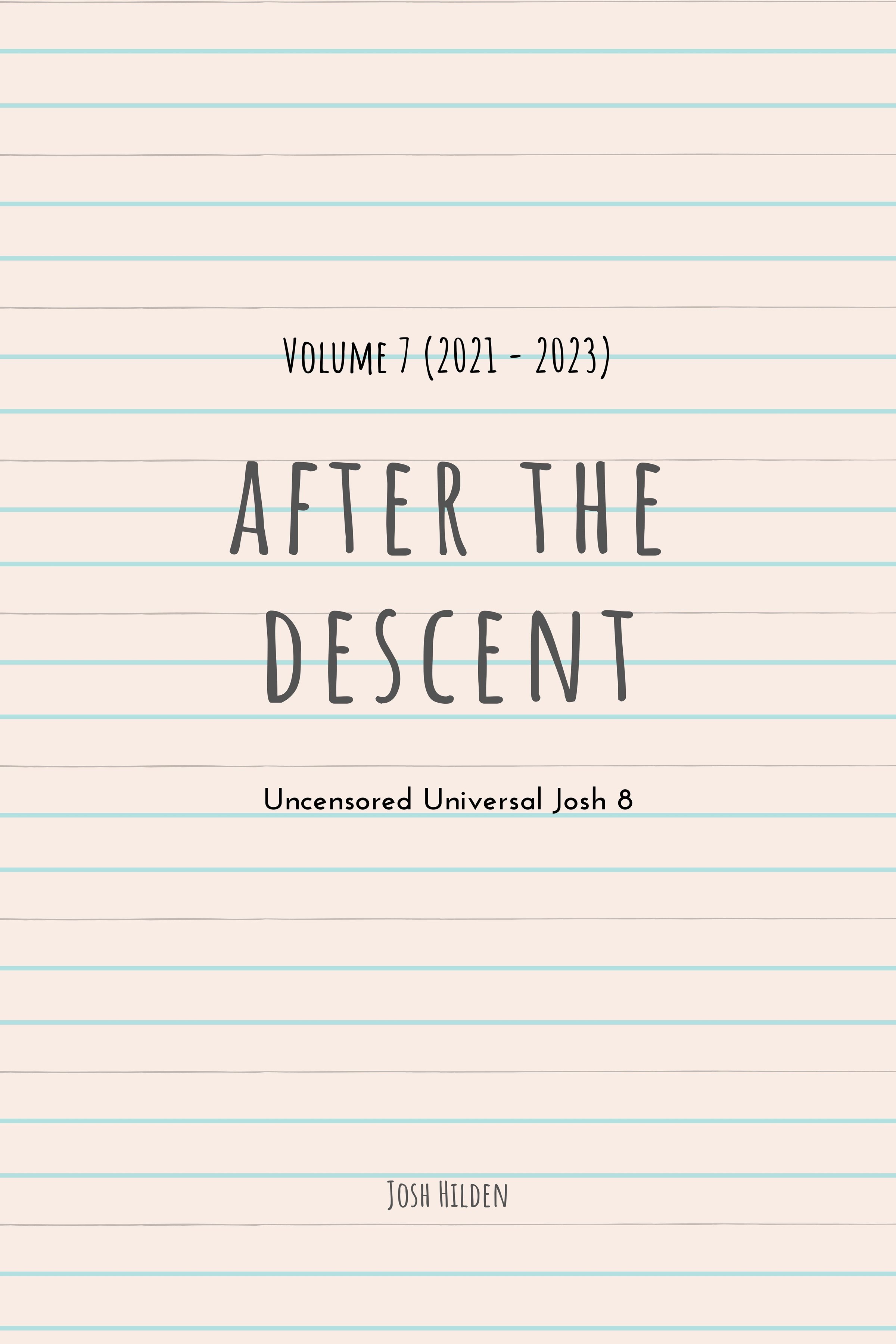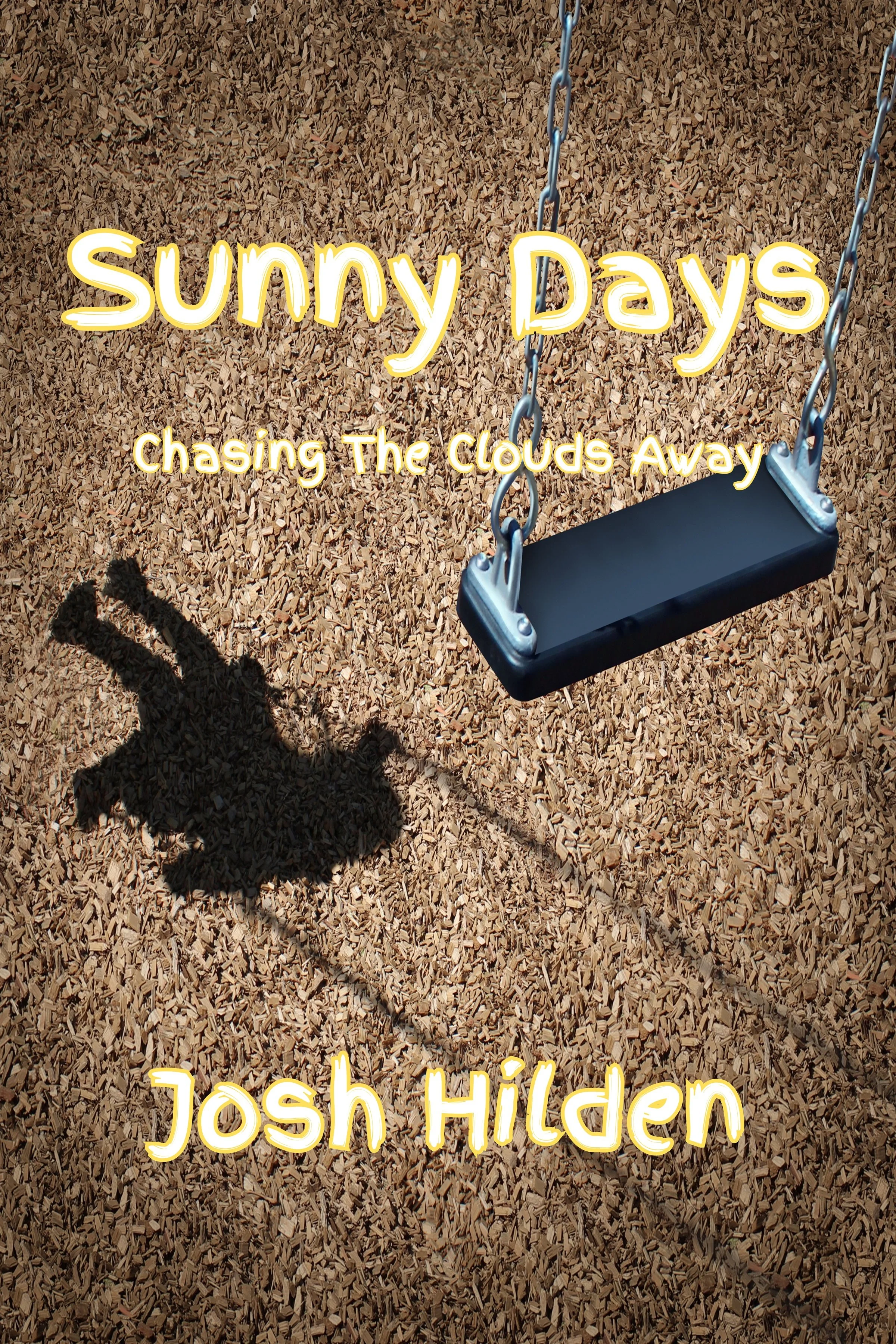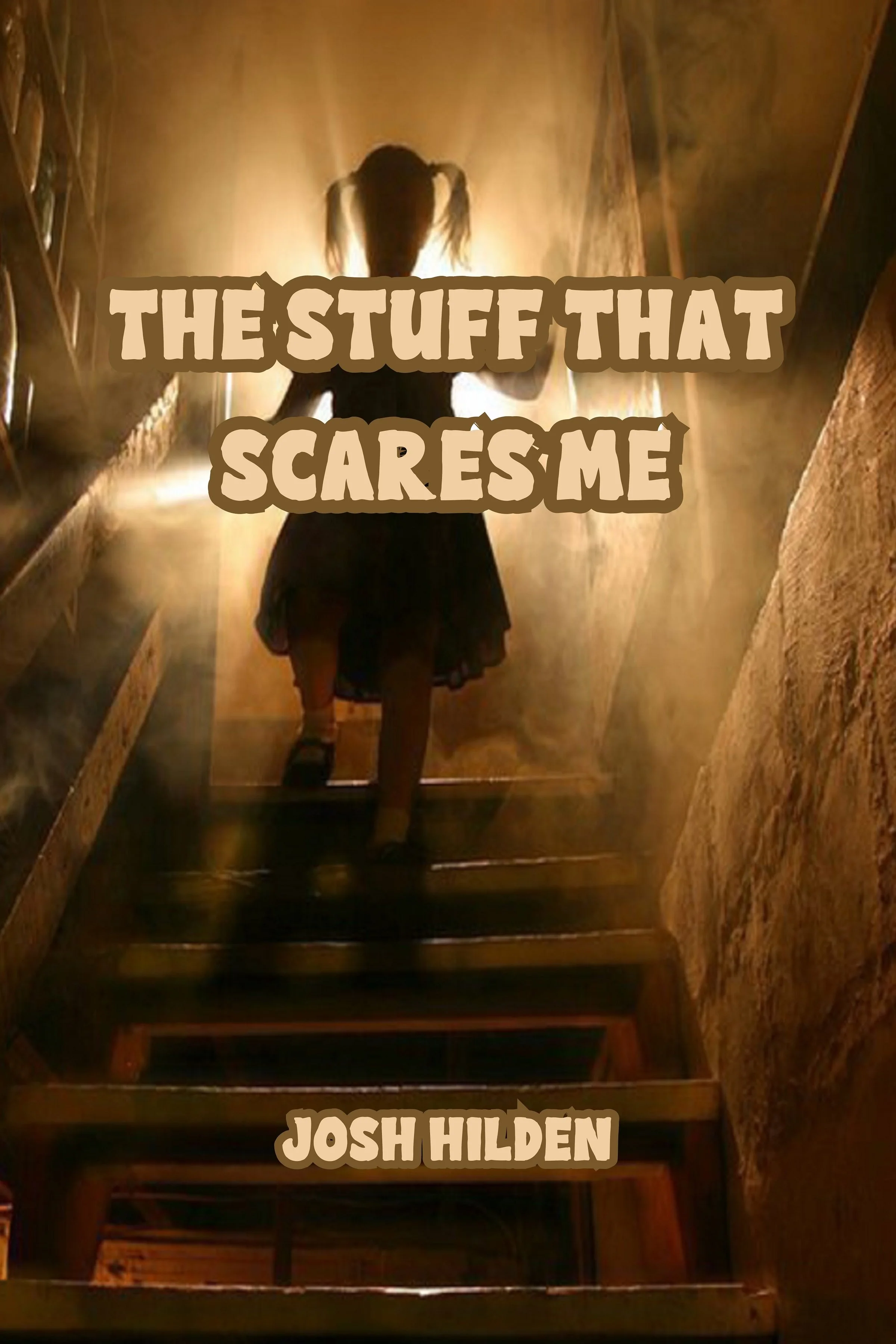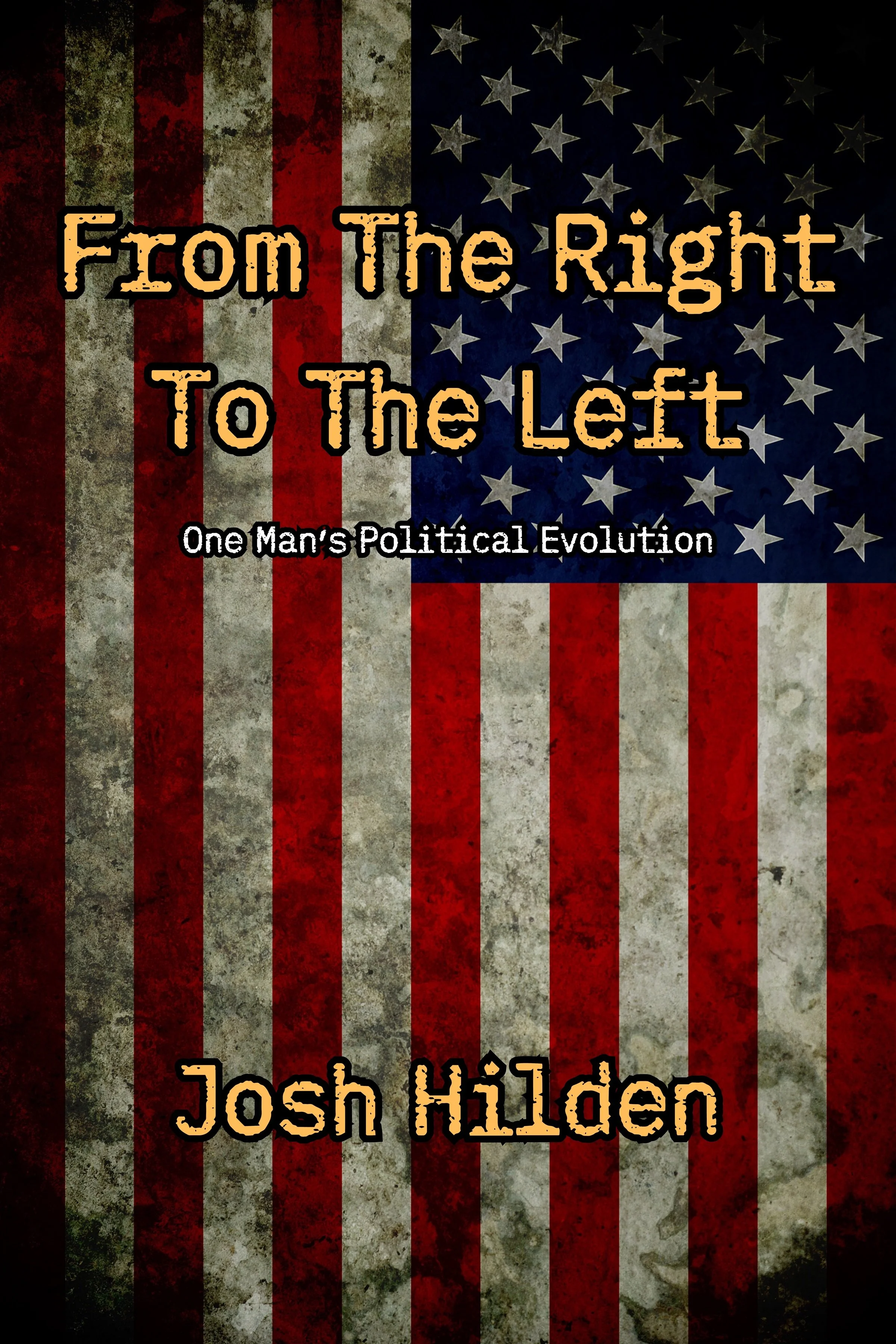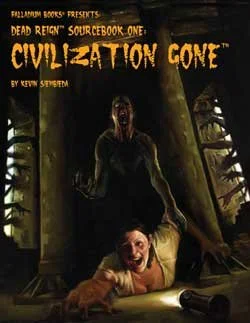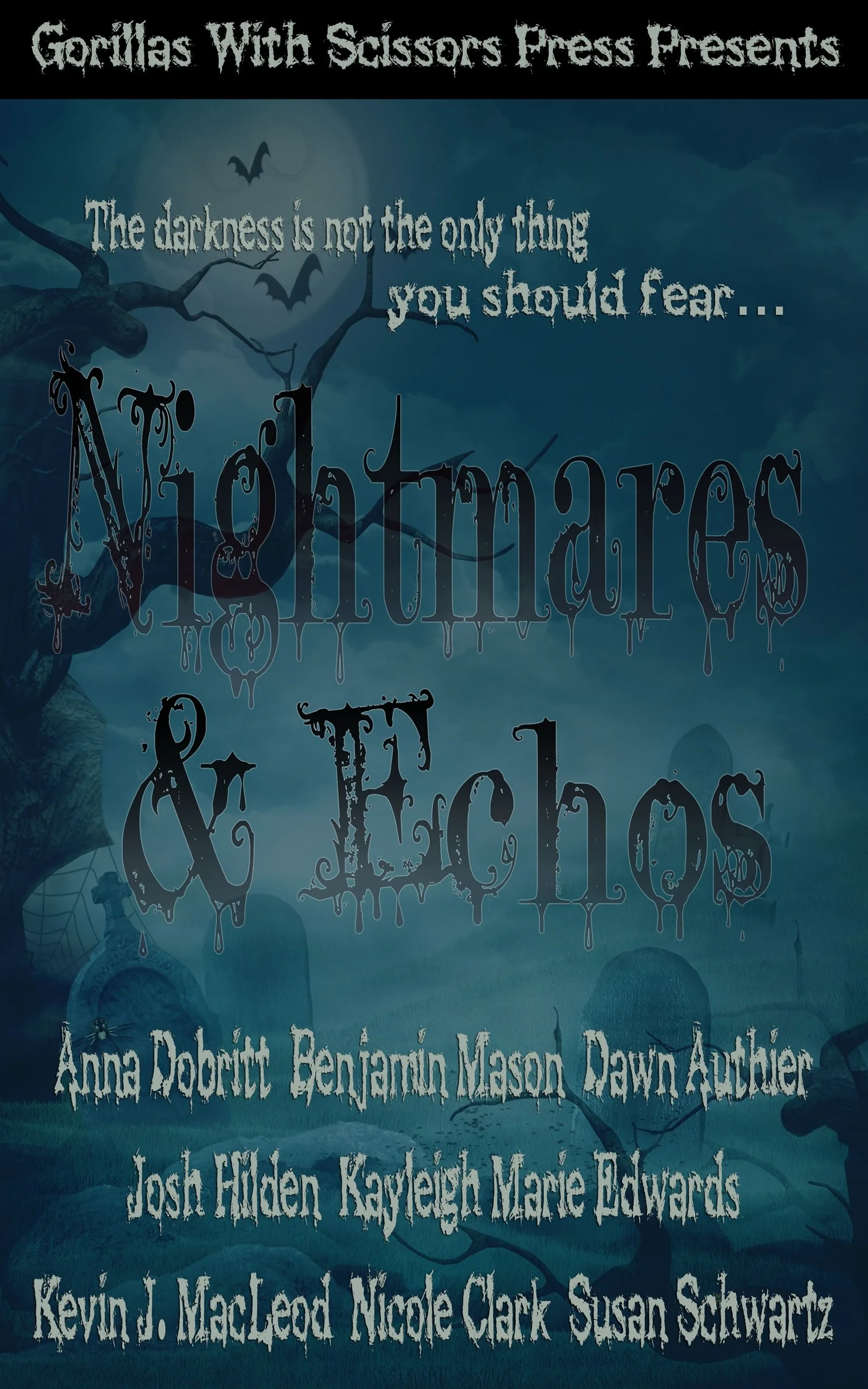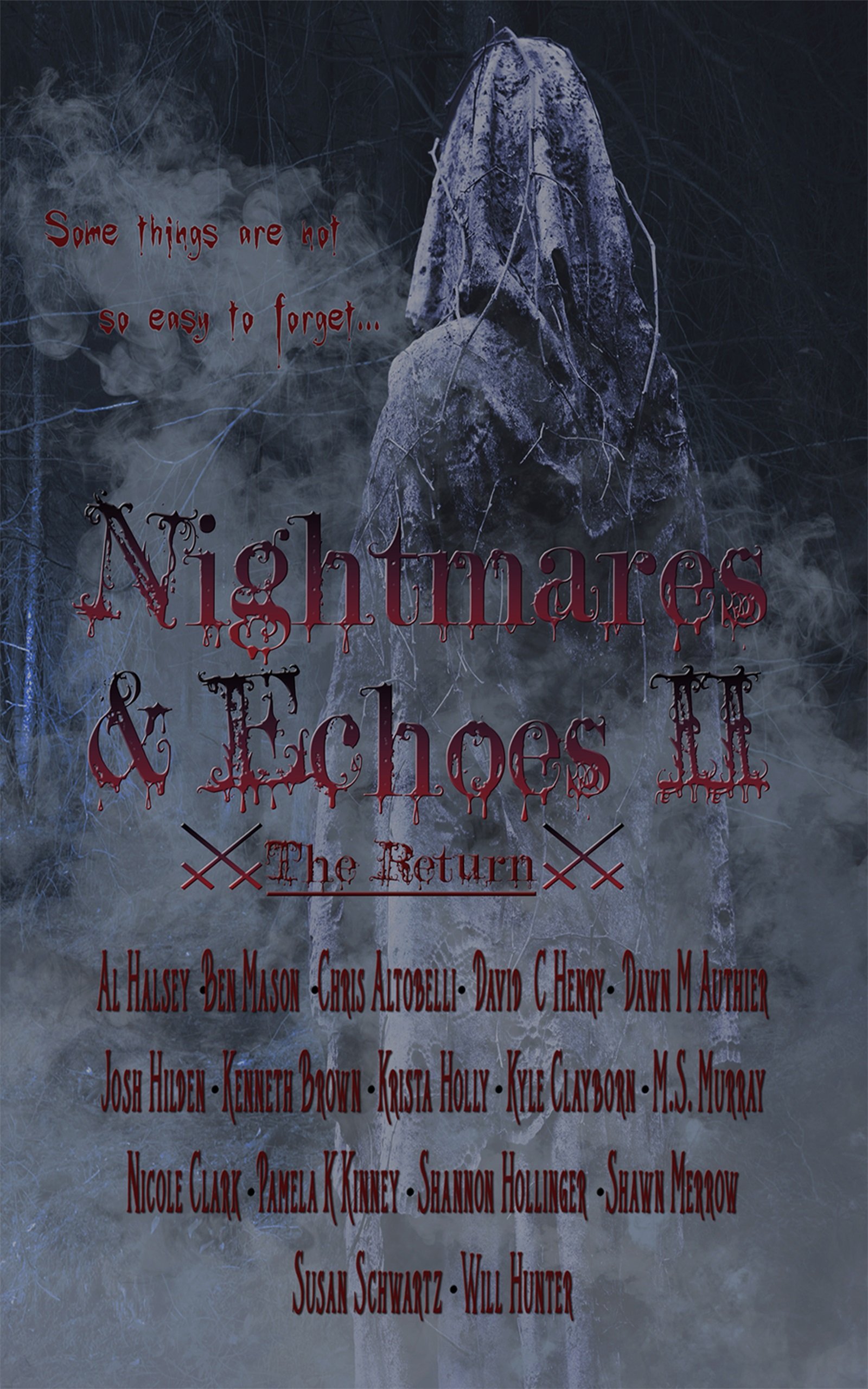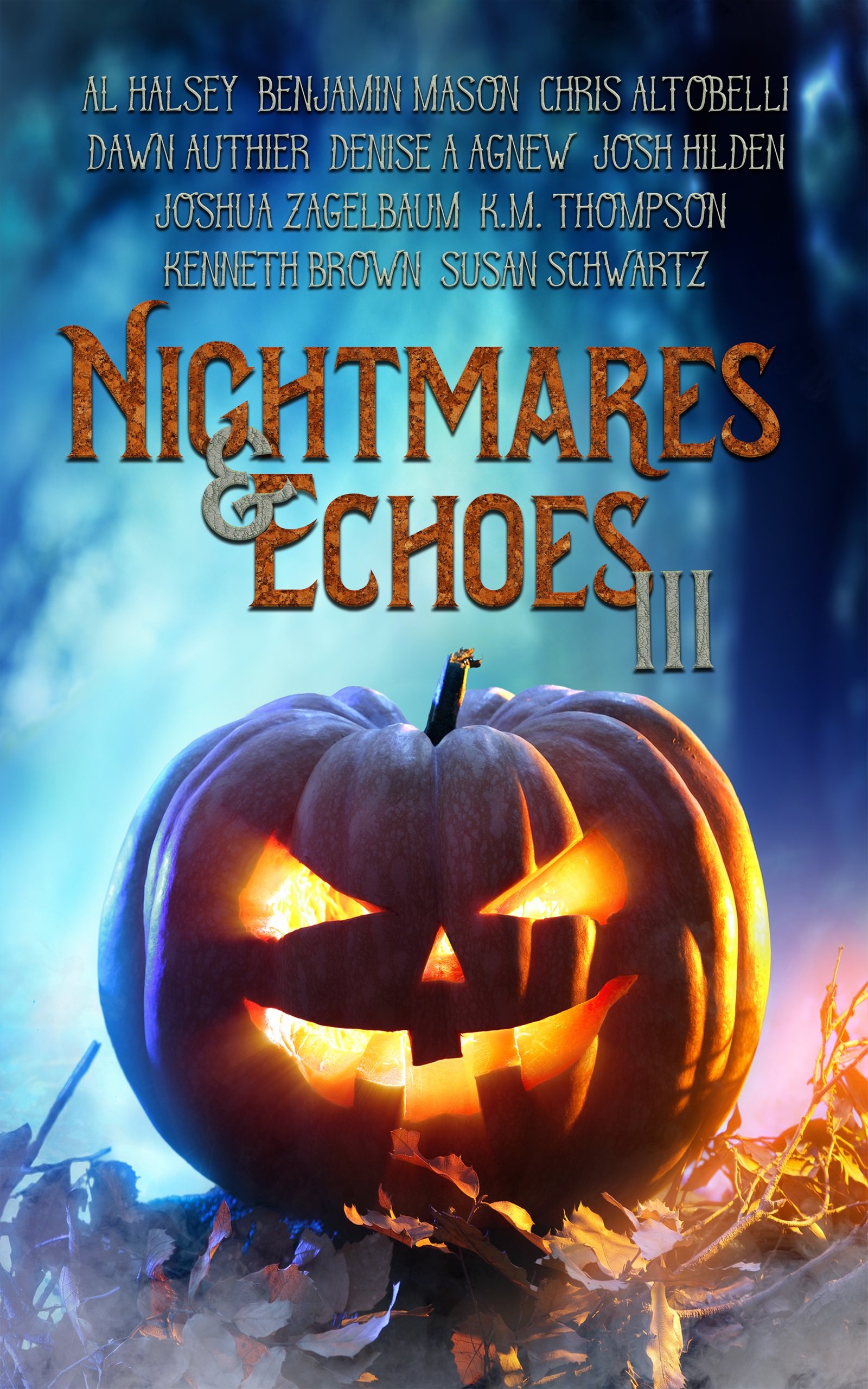You’re The Inspiration 13 “Shoot For the Head Part 6 – Max Brooks”
/
Just a quick heads up, which at this point probably isn’t needed, but there are a lot of Wiki pulls in this essay. Am I doing this because I’m lazy? Yes, absolutely I am using Wiki pulls because I am lazy. Also because when it comes right down to it I wouldn’t be able to write better and more accurate synopsis’s than the ones available on Wikipedia. I just wanted to get that out there before delving into the subject. As always the individual wiki articles are hyperlinked.
When you talk about the modern Zombie Genre you have to acknowledge the contributions of one man. Max Brook has arguably done more to expand and popularize the zombie genre than any other single person. His books have had a profound and permanent effect on the fandom as a whole.
From books to comics Max has blazed a trail through new ground and made the realm of zombie fiction a more interesting place. I think it’s safe to say I never would have taken the plunge and written my Zombie Apocalypse RPG Dead Reign if not for the influence of Max Brooks. I’ve also talked to more than a few of my fellow indie zombie writers who feel the same way. Max is an inspiration to us all.
I’ve never had the pleasure of meeting the man. That hypothetical scenario falls under my “Never Meet My Heroes” policy. Much like Stephen King, George Romero, Joss Whedon, and Kevin Smith I don’t want to meet Max. I met a hero once and the results were less than pleasant.
What I do have related to Max, thanks to my friend Mark Oberle, is a personalized autographed copy of The Zombie Survival Guide. It’s up there as one of the jewels in my zombie collection.
So who is Max Brooks?
Maximillian Michael "Max" Brooks (born May 22, 1972) is an American horror author and screenwriter. He is the son of comedy filmmaker Mel Brooks and actress Anne Bancroft. Brooks' writing focuses on zombie stories. Brooks is also a television and voice-over actor.
Max Brooks was born in New York City, the son of actress Anne Bancroft and director, producer, writer, and actor Mel Brooks.
Brooks is dyslexic and attended Crossroads School in Santa Monica, California. He studied history at Pitzer College in Claremont, California but dropped out. He spent a semester at the University of the Virgin Islands. He graduated from American University in Washington, D.C. in 1994.
From 2001 to 2003, Brooks was a member of the writing team at Saturday Night Live.
Brooks' first book, The Zombie Survival Guide, was published in 2003 by Three Rivers Press. The book described in depth the creation of and lives of zombies. The book was later followed up in 2009 by The Zombie Survival Guide: Recorded Attacks, a graphic novel depicting several of the events detailed in the book's latter section.
In 2006, Brooks followed with World War Z: An Oral History of the Zombie War, which deals with the war between the human race and zombies. Paramount Pictures acquired the movie rights with Brad Pitt's production company Plan B Entertainment producing the film. In the October 2006 issue of Fangoria Magazine, Brooks stated that he would not be writing the screenplay for the motion picture, as he felt he was not an accomplished enough screenwriter to "do it right" (J. Michael Straczynski wrote the first version of the screenplay).
In 2013, Cemetery Dance published a new limited Edition of World War Z. Jeremy Caniglia created all new artwork for this special release to coincide with the film release.
Brooks wrote the introduction for the hardcover collected edition of Dynamite Entertainment's zombie miniseries Raise the Dead released in 2007.
The New Dead, a 2010 anthology of previously unpublished zombie stories edited by Christopher Golden, contains an additional World War Z story titled "Closure, LTD".
In 2010, Brooks wrote the IDW comic book mini-series G.I. Joe: Hearts & Minds.
In 2011, Brooks wrote the foreword for Everything You Ever Wanted to Know About Zombies, a 300-page fiction book written by Matt Mogk.
In 2013, Avatar Press released The Extinction Parade, a comic book series based on the 2011 short story created by Brooks.
In 2014, Broadway Books published The Harlem Hellfighters, a graphic novel which portrays a fictionalized account of the entirely African American 369th Infantry Regiment's experiences in World War I, with writing done by Brooks and illustrations by Caanan White. Sony Pictures has purchased the rights to create a film version of the novel, with Caleeb Pinkett and James Lassiter producing on behalf of Overbrook Entertainment.
Acting and voice-over work
Brooks has a number of other creative credits. As an actor, he has been seen in Roseanne, To Be or Not to Be, Pacific Blue, and 7th Heaven. He also has a career voicing animation; his voice has been featured in the animated shows Batman Beyond, Buzz Lightyear of Star Command, Justice League and All Dogs Go to Heaven: The Series. During the start of the 3rd season of Lost Tapes, he was cast as himself in the zombie episode, telling the audience about how zombies come to be. He also appeared on Spike TV series Deadliest Warrior, in which he represented the zombie team in the "Vampires vs. Zombies" episode, as one of the Zombie experts along with Matt Mogk the Founder of the Zombie Research Society. He also appeared on the Discovery Channel’s Sons of Guns in a zombie gun build off ("Civilian vs. Military").
Personal life
Brooks has been married to Michelle Kholos since 2003. They have one child, Henry Michael Brooks (born March 2005). They live in Venice, California.
My little brother Nick was the first person to tell me about the Zombie Survival Guide. I think it was in the spring of 2004 but it might have been the summer. The only thing I know for certain it was after I saw Land of the Dead…
I’m old cut me some fucking slack.
I am a sucker for fiction presented in a textbook fashion. I read Tolkien’s Silmarillion for the first time when I was in the eighth grade and it captivated me. My first time reading the survival guide wasn’t quite so intense, but it came close.
Like many people my favorite section of the book is the last one. It’s a fictional history of recorded zombie attacks around the world. It’s a creative and captivating piece of faux history. When it was released as a standalone graphic novel a few years ago I was on that like Garfield on lasagna.
Okay… that was dumb, and I ripped off the Simpsons.
The Zombie Survival Guide, written by American author Max Brooks and published in 2003, is a survival manual dealing with the fictional potentiality of a zombie attack. It contains detailed plans for the average citizen to survive zombie uprisings of varying intensity and reach, and describes "cases" of zombie outbreaks in history, including an interpretation of Roanoke Colony. The Zombie Survival Guide was also featured on The New York Times Best Sellers list. Max Brooks got his inspiration to the Zombie Survival Guide from early childhood interest in zombies originating to when he was about 10 and saw his very first zombie movie, Revenge of the Zombies (1943), and sparked his interest.
Contents
The book is divided into six separate chapters, followed by a list of fictional attacks throughout history and an appendix. The first chapter, "The Undead: Myths and Realities", outlines Solanum, a fictional and incurable virus that creates a zombie, along with details on how it is spread (such as through an open wound, or in contact with infected blood or saliva), and treatment of the infected (such as suicide or amputation of the injured limb, though it rarely works). The middle of this chapter explains the abilities and behavioral patterns of the undead and the differences between "voodoo" zombies, movie zombies, and zombies created by Solanum.
In subsequent chapters, the book describes weapons and combat techniques; places of safety; and how to survive a zombie-infested world. In the section describing weapons, Max Brooks talking about the human body states that "If cared for and trained properly, is the greatest weapon on earth". The guide concludes with a fictional list of documented zombie encounters throughout history. The oldest entry is 60,000 BC, in Katanga, Central Africa, although the author expresses doubt about its validity. Instead, he presents evidence from 3,000 B.C. in Ancient Egypt as the first verifiable instance of a zombie outbreak. The most recent entry is 2002, in Saint Thomas, U.S. Virgin Islands. Some of these encounters make reference to historical events, such as Roanoke Island.
Appendix
This is a sample "outbreak journal:" the author notes covered-up zombie outbreaks seen on the local news as well as the preparations he recommends in the event that the outbreak worsens. The following pages are blank entries, for the reader to use as a basis for his or her own notes on surviving zombies.
I picked up World War Z the day the hardback was released at my local Borders Books. I miss Borders, the massive corner of the Dayton Mall where is once lived still lies abandoned and sad. I settled down with the book and a case of coke and didn’t come back up for air until I was finished.
It was a transcendent experience.
I’m not sure there is anything I can add to the acclaim that’s been heaped upon this book. That being said let me jump to my favorite and least favorite things. Funnily enough neither of those things have anything remotely to do with the print version of the book.
I am an audiobook slut.
Seriously, as much as I love the printed word I will almost always prefer to have it read to me. There’s just something about being told a story that never gets old, as a matter of fact it enhances the experience for me tenfold. When I heard about the release of the World War Z audiobook I was as giggly as a school girl.
Then I bought it and it was abridged.
I hate abridged audiobooks like the fucking plague. I consider them a crime against art and my ultimate goal is to see them blasted and purged from the entertainment landscape. I will NEVER allow one of my books to be released in any reduced form ever. They are the audio version of the Readers Digest condensed books but with even more evil. They were created by Satan in the darkest pits of hell and should have remained there.
I really do not care for them.
Still, World War Z is an awesome book.
World War Z: An Oral History of the Zombie War (Book)
World War Z: An Oral History of the Zombie War (2006) is an apocalyptic horror novel by Max Brooks. The novel is a collection of individual accounts narrated by an agent of the United Nations Postwar Commission, following the global conflict against the zombie plague. Other passages record a decade-long desperate struggle, as experienced by people of various nationalities. The personal accounts also describe the social, political, religious, and environmental changes that resulted from the devastating war.
World War Z is a follow-up to Brooks' "survival manual" The Zombie Survival Guide (2003), but its tone is much more serious. It was inspired by The Good War: An Oral History of World War Two (1984) by Studs Terkel, and by the zombie films of George A. Romero. Brooks used World War Z to comment on government ineptitude and American isolationism, while also examining survivalism and uncertainty. The novel was a commercial hit and was praised by most critics.
Its audiobook version, performed by a full cast including Alan Alda, Mark Hamill, and John Turturro, won an Audie Award in 2007. A film inspired by the novel, starring Brad Pitt, was released in 2013.
Plot
Throughout the series of oral interviews compiled by the narrator (an agent of the United Nations Postwar Commission), the story of the global war against zombies, "World War Z", is told. The zombie pandemic's "patient zero" was a young infected boy in China; although it is implied that the boy was not the first victim chronologically, his infection (as well as those he infected) is the first to be recorded. It marks the point when the Chinese government attempts to contain the infection and concocts a crisis involving Taiwan, to mask their activities. Regardless, the infection is spread to other countries via the black market organ trade and refugees, with a larger outbreak in South Africa bringing the plague to public attention.
As the infection spreads, Israel abandons the Palestinian territories and initiates a nationwide quarantine, closing its borders to everyone except uninfected Jews and Palestinians. Its military then puts down an ultra-Orthodox uprising, which is later referred to as an Israeli civil war. The United States does little to prepare because it is overconfident in its ability to suppress any threat. Although special forces teams contain initial outbreaks, a widespread effort never starts: the nation is deprived of political will by "brushfire wars", and a widely distributed and marketed placebo vaccine creates a false sense of security.
As many more areas around the globe fall to infection, a period known as the "Great Panic" begins. Pakistan and Iran destroy each other in a nuclear war, after the Iranian government attempts to stem the flow of refugees fleeing through Pakistan into Iran. Following the fall of New York City, the U.S. military sets up a high-profile defense in Yonkers, New York. The "Battle of Yonkers" is a disaster; modern weapons and tactics prove ineffective against zombies, as the enemy has no self-preservation instincts and can only be stopped if shot through the head. The unprepared and demoralized soldiers are routed on live television. Other countries suffer similarly disastrous defeats, and human civilization teeters on the brink of destruction.
In South Africa, the government adopts a contingency plan drafted by apartheid-era intelligence consultant Paul Redeker. It calls for the establishment of small sanctuaries, leaving large groups of survivors abandoned in special zones in order to distract the undead and allowing those within the main safe zone time to regroup and recuperate. Governments worldwide assume similar plans or relocate the populace to safer foreign territory, such as the attempted complete evacuation of the Japanese archipelago to Kamchatka. Because zombies freeze solid in the cold, many civilians in North America flee to the wildernesses of northern Canada and the Arctic, where millions of people die of starvation and hypothermia. It is implied that some turn to cannibalism to survive; further interviews from other sources imply that cannibalism occurred in areas of the United States where food shortages occurred. The three remaining astronauts in the International Space Station survive the war by salvaging supplies from the abandoned Chinese space station and maintain some military and civilian satellites using an orbital fuel station. A surviving member of the ISS crew describes "mega" swarms of zombies on the American Great Plains and Central Asia, and how the crisis affected Earth's atmosphere.
The U.S. eventually establishes safe zones west of the Rocky Mountains and spends much of the next decade eradicating zombies in that region. All aspects of civilian life are devoted to supporting the war effort against the pandemic. Much of it resembles total war strategies: rationing of fuel and food, cultivation of private gardens, and civilian neighborhood patrols. The U.S. government also initiates a "Re-education Act" to train the civilian population for the war effort and restore order; the people with skills such as carpentry and construction find themselves more valuable than people with managerial skills.
Seven years after the outbreak began, a conference is held off the coast of Honolulu, Hawaii, aboard the USS Saratoga, where most of the world's leaders argue that they can outlast the zombie plague if they stay in their safe zones. The U.S. President, however, argues for going on the offensive. Determined to lead by example, the U.S. military reinvents itself to meet the specific strategic requirements of fighting the undead: using semi-automatic, high-power rifles and volley firing, focusing on head shots and slow, steady rates of fire; and devising a multipurpose hand tool, the "Lobotomizer" or "Lobo" (described as a combination of a shovel and a battle axe), for close-quarters combat. The military, backed by a resurgent American wartime economy, began the three year long process of retaking the continental United States from both the undead as well as groups of hostile human survivors. Prewar military doctrines and equipment are mentioned as being employed to deal with sometimes well-armed and organized criminal or rebel opposition.
Ten years after the official end of the zombie war, millions of zombies are still active, mainly on the ocean floor or on snow line islands. A democratic Cuba has become the world's most thriving economy and the international banking capital. Following a civil war that saw use of nuclear weapons, China has become a democracy and is now known as the "Chinese Federation". Tibet is freed from Chinese rule and hosts Lhasa, the world's most populated city. Following a religious revolution and the revival of Russian orthodoxy, Russia is now an expansionist theocracy known as the Holy Russian Empire. Owing to the fact that many young Russians either became zombies, were infected with HIV, or died due to drugs, the government has initiated a "breeding" program, with the remaining fertile women implied to be coercively impregnated to raise the birthrate. North Korea is completely empty, with the entire population presumed to have disappeared into underground bunkers.
The situation in the British Isles is not entirely clear in the novel. The Pope and members of the British Royal Family had fled to Ireland (specifically Armagh) and the Isle of Man,[1] following the military retreat to the Antonine Wall, and now exports oil from a reserve under Windsor Castle where the Queen held out for the war's duration, refusing to flee with her relatives. In France, the Palace of Versailles was the site of a massacre and has been burned to the ground; military losses were particularly high clearing the catacombs underneath Paris, because the catacombs housed nearly a quarter of a million refugees during the early stages of the war, all of whom became zombies. Iceland has been completely depopulated, and is the world's most heavily infested country.
The Israelis and Palestinians have made peace, and the former occupied territories have been renamed "Unified Palestine". Mexico is now known as "Aztlán". Several countries are described as having revised borders due to the "dumping" of convicts into infected zones; these convicts rose to command "powerful fiefdoms" that later became independent states. A so-called "Pacific Continent" appears to encompass previously uninhabited islands as well as ships rendered immobile due to lack of fuel after the Saudi Royal Family have destroyed the oil fields in Saudi Arabia.
The United Nations fields a large military force to eliminate the remaining zombies from overrun areas, defeat hordes that surface from the ocean floor, and kill frozen zombies before they thaw. Life on Earth is hinted at being brought to near extinction.
I really don’t blame Max for taking the money and walking away from the World War Z movie. Hell I probably do the same thing in his shoes. Unlike a lot of people I was cautiously optimistic about the coming film even after it was announced that there would be major divergence from the original source material.
Although fast zombies irritated me then and still do.
I love this movie. It may be the best acting I’ve seen out of Brad Pitt in a long damn time. The pacing is good, the action is tight, the story and characters are engaging, and the horror is just right. Plus Segen proves badass bald chicks are sexy. The only thing I didn’t like was the name.
I really believe they should have changed the name of the movie to something like “The Zombie War” and all of the controversy could have been avoided. But they didn’t and I was forced to listen to the bitching and moaning of the purists who made the biggest Star Wars fans sound like whiney babies for a few weeks.
But Star Wars belongs to Disney now…
World War Z is a 2013 American disaster zombie film directed by Marc Forster. The screenplay by Matthew Michael Carnahan, Drew Goddard, and Damon Lindelof is from a screen story by Carnahan and J. Michael Straczynski, based on the 2006 novel of the same name by Max Brooks. The film stars Brad Pitt as Gerry Lane, a former United Nations investigator who must travel the world to find a way to stop a zombie pandemic.
Pitt's Plan B Entertainment secured the film rights in 2007, and Forster was approached to direct. In 2009, Carnahan was hired to rewrite the script. Filming began in July 2011 in Malta, on an estimated $125 million budget, before moving to Glasgow in August 2011 and Budapest in October 2011. Originally set for a December 2012 release, the production suffered some setbacks. In June 2012, the film's release date was pushed back, and the crew returned to Budapest for seven weeks of additional shooting. Damon Lindelof was hired to rewrite the third act, but did not have time to finish the script, and Drew Goddard was hired to rewrite it. The reshoots took place between September and October 2012.
World War Z premiered in London on June 2, 2013 and was chosen to open the 35th Moscow International Film Festival. The film was released on June 21, 2013, in the United States, in 2D and RealD 3D. The film received positive reviews and was a commercial success, grossing over $540 million against a production budget of $190 million. A sequel was announced shortly after the film's release.
Plot
A worldwide zombie outbreak erupts in several metropolitan areas around the world; those bitten by the creatures become zombies themselves. Former UN investigator Gerry Lane, his wife Karin, and their two daughters manage to escape the outbreak in Philadelphia and take shelter with a Hispanic family in Newark, while waiting for special evacuation the next day thanks to Gerry's friend UN Deputy Secretary-General Thierry Umutoni. Their hosts choose not to accompany them when they flee the next day, and are subsequently killed by zombies. Their son, Tommy, manages to escape, and Gerry's family takes him in. They are flown to an offshore U.S. Navy carrier group where Umuntoni is overseeing the remaining worldwide governments' reactions.
The scientists there believe they must find the first case of the zombie outbreak, believed to be in South Korea. A team is dispatched to go, and Gerry is coerced into going with them under the threat of having his family sent to a potentially unsafe mainland refugee camp. The team lands at Camp Humphreys, where the surviving soldiers hold back zombie attacks: the zombies are fast and vicious, and once bitten, a person turns within seconds. Gerry learns that a Korean doctor was the first to come down with the rabies-like infection, after being bitten by a soldier he was treating whom local villagers had captured when he tried to attack them. A former CIA operative held at the base reveals that Israel had reacted a week before the outbreak, building giant walls around Jerusalem, and suggests that Gerry talk to Mossad agent Jurgen Warmbrunn.
Gerry is flown to Jerusalem and is brought to Jurgen Warmbrunn. The Mossad agent reveals they had intercepted a message from the Indian army on fighting the rakshasa ("zombies"). He and other Israeli experts convinced the government to build the wall to protect themselves. As Gerry is escorted back to his plane by the IDF, zombies are drawn to the loud music playing in the city and pile themselves against the wall, forming a mound of bodies that allows many to clear the wall. As the city is quickly overtaken by zombies, Gerry and the IDF members battle their way to escape. On their way, Gerry notices that the zombies avoid attacking an old man, and in another instance, a young feeble boy. A zombie bites Gerry's IDF escort and he quickly amputates her hand, which prevents her from being infected. Eventually, Gerry and the same female IDF member, who only identifies herself as Segen, are able to board the last passenger jet leaving the city.
Gerry recounts the zombie attacks and remembers seeing sick, injured, and elderly people passed over by the zombie hordes, which leads him to believe this is evidence of some way to deal with the hordes. He contacts Umuntoni to help convince the pilots to take them to Cardiff where an operational WHO facility is located. Nearing approach, a single zombie is discovered on the plane, and most of the passengers are quickly infected and converted. Seeing no other option, Gerry uses a grenade from Segen's pack to rupture the cabin and blow out the zombies, but this also causes the plane to crash. Gerry and Segen survive, though Gerry is impaled by a piece of shrapnel. They make their way to the WHO facility, where Gerry blacks out.
Gerry wakes up a few days later, nursed back to health. He contacts Umuntoni to help convince the WHO employees of his identity, but learns that Karin and his family were shipped to the mainland, as they believed he had died in the plane crash. Gerry explains his theory that the zombies ignore the infirm for the healthy, and suggests injecting themselves with a deadly but curable disease to mask themselves from the zombies. The WHO scientists agree but point out the pathogens are located in one of the zombie-infected labs. Gerry, Segen, and another WHO scientist carefully work through the infested labs but are detected. Segen and the WHO scientist get to safety, while Gerry finds himself in the vault with the pathogens, cornered by a lone zombie. Without the ability to identify the strains in storage, many of which could kill him, Gerry injects himself with one of the samples and finds himself still alive. His hypothesis is proven correct as the zombie enters the vault but does not attack, allowing him to walk back to safety with more samples as the rest of the zombies run right past him. Gerry is then treated for the disease.
In a voice-over, Gerry explains they were able to use these diseases to create a masking agent, allowing them to rescue refugees still trapped by zombies and fight against them. He says that this isn't the end and our war has just begun, but there is hope as people have used the masking agent to evacuate people or fight back. The final scene shows Gerry and Segen being taken to the mainland refugee camp where Gerry is reunited with his family.
And that boils and ghouls is a wrap on Mr. Max Brooks and his contributions to the genre I love so much. He is a many of many talents and a true fan of the reality he works in. The only thing I have to say about Max and his work is that I want a World War Z television series, preferably on HBO, based on the book. I have no idea if that has been kicked around or not but hey… a guy can dream.
I am happy and sad to tell you the next installment of the Shoot for the Head will be the last. This has been a really kicking series of essays to write but it’s time to move onto the next thing. If you’ve been keeping track of all the things I’ve covered I’m sure you’ve noticed one glaring omission.
But really, Daryl Dixon plays second fiddle to no one.
- Josh
